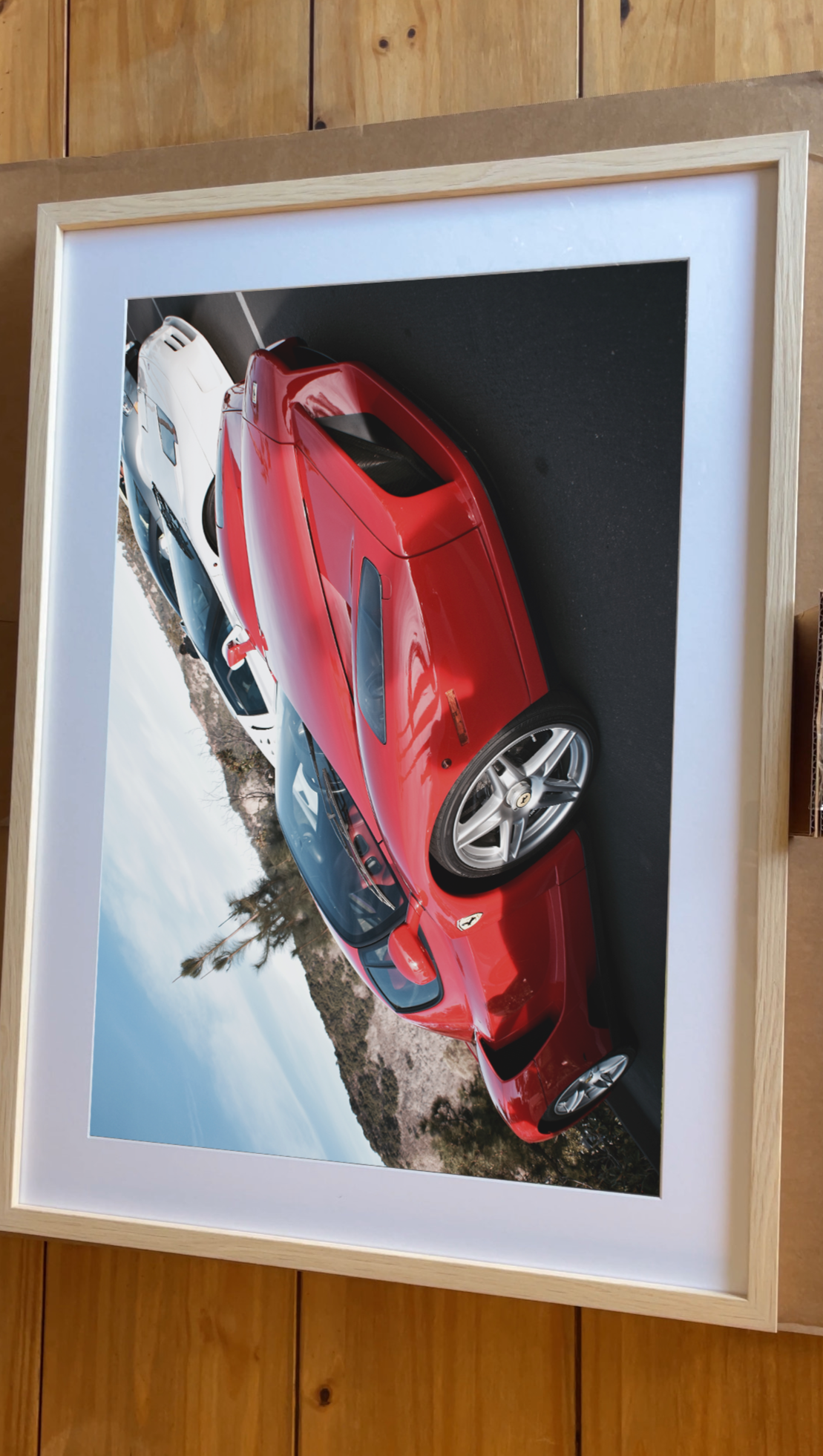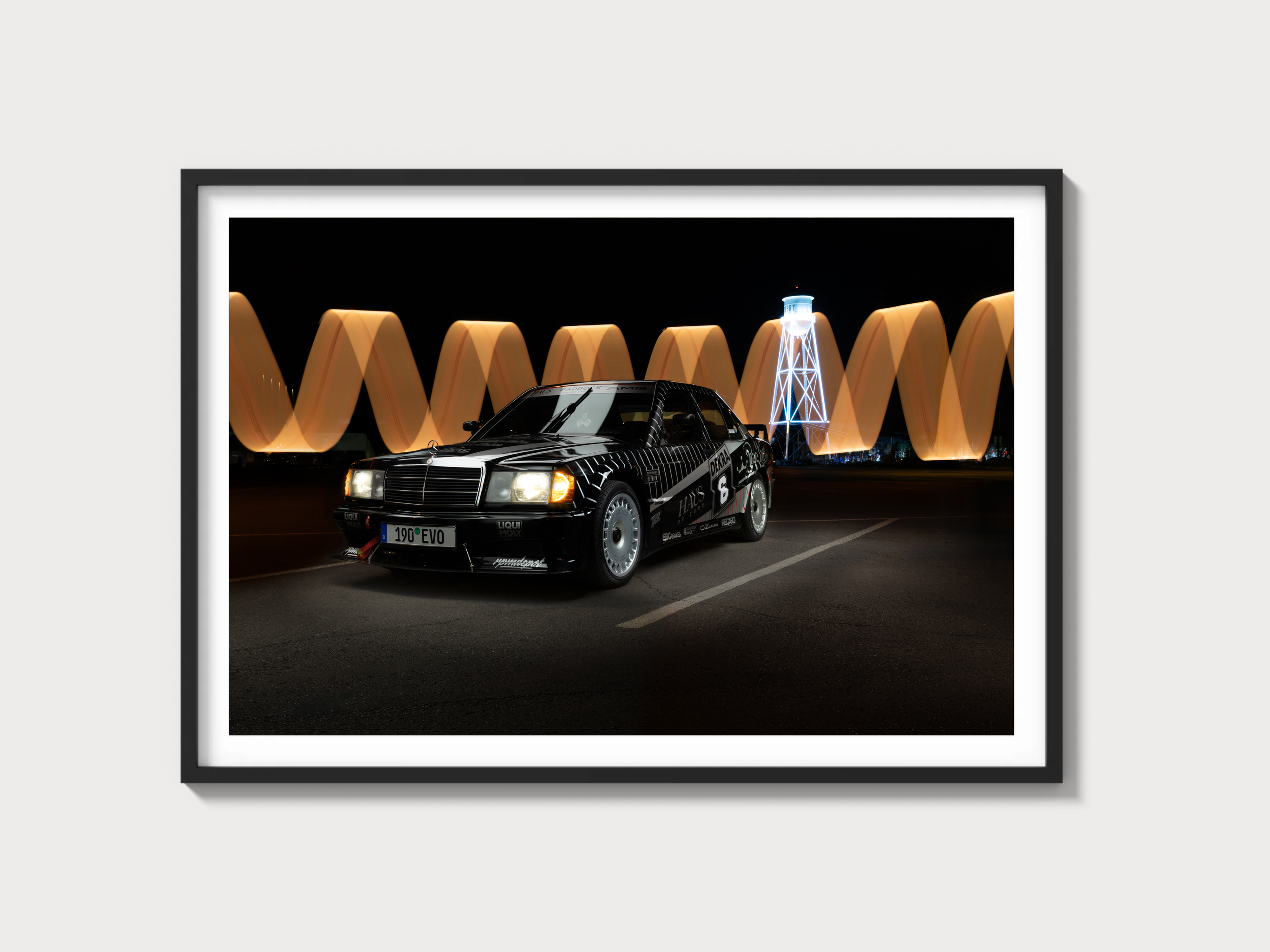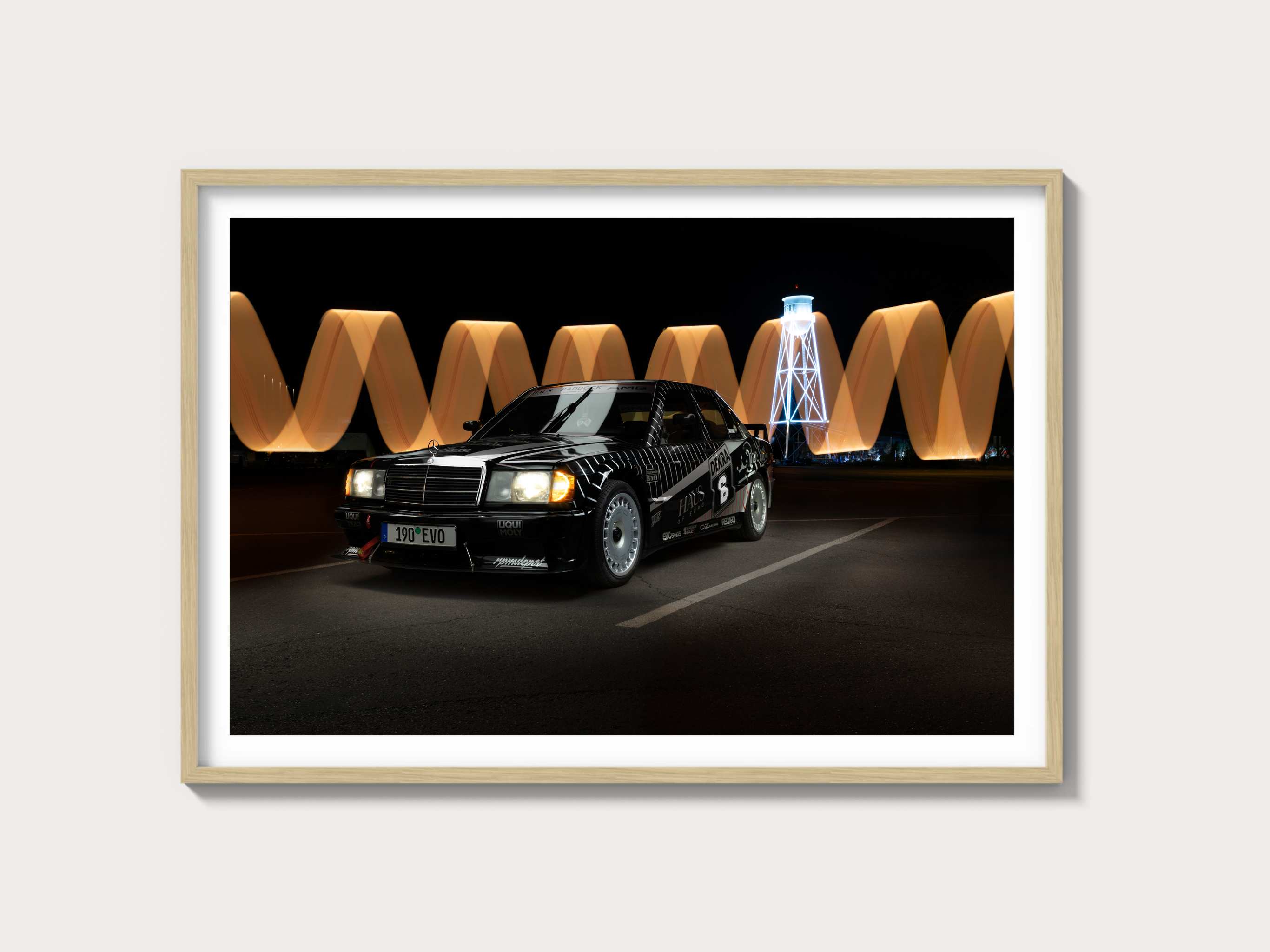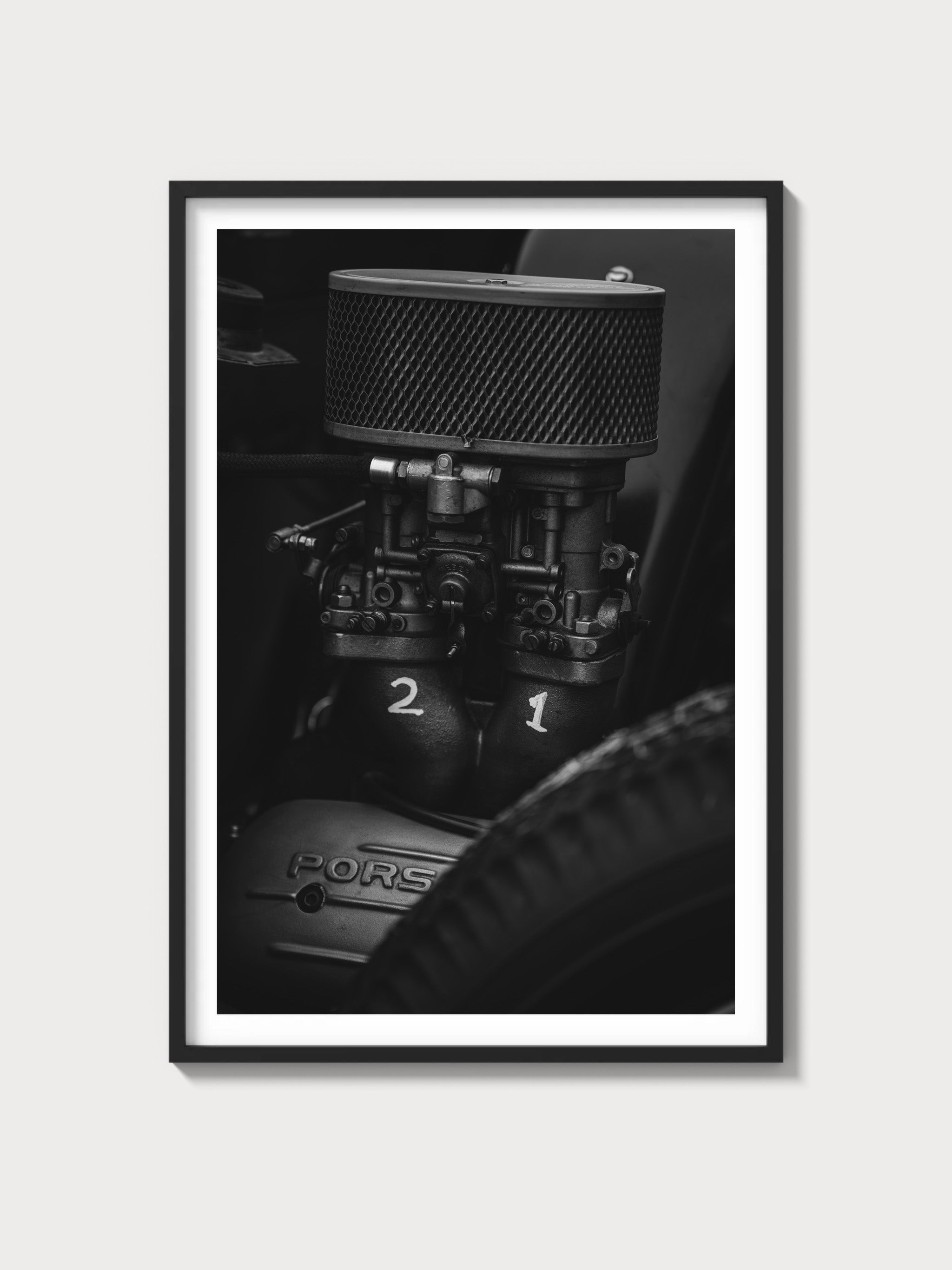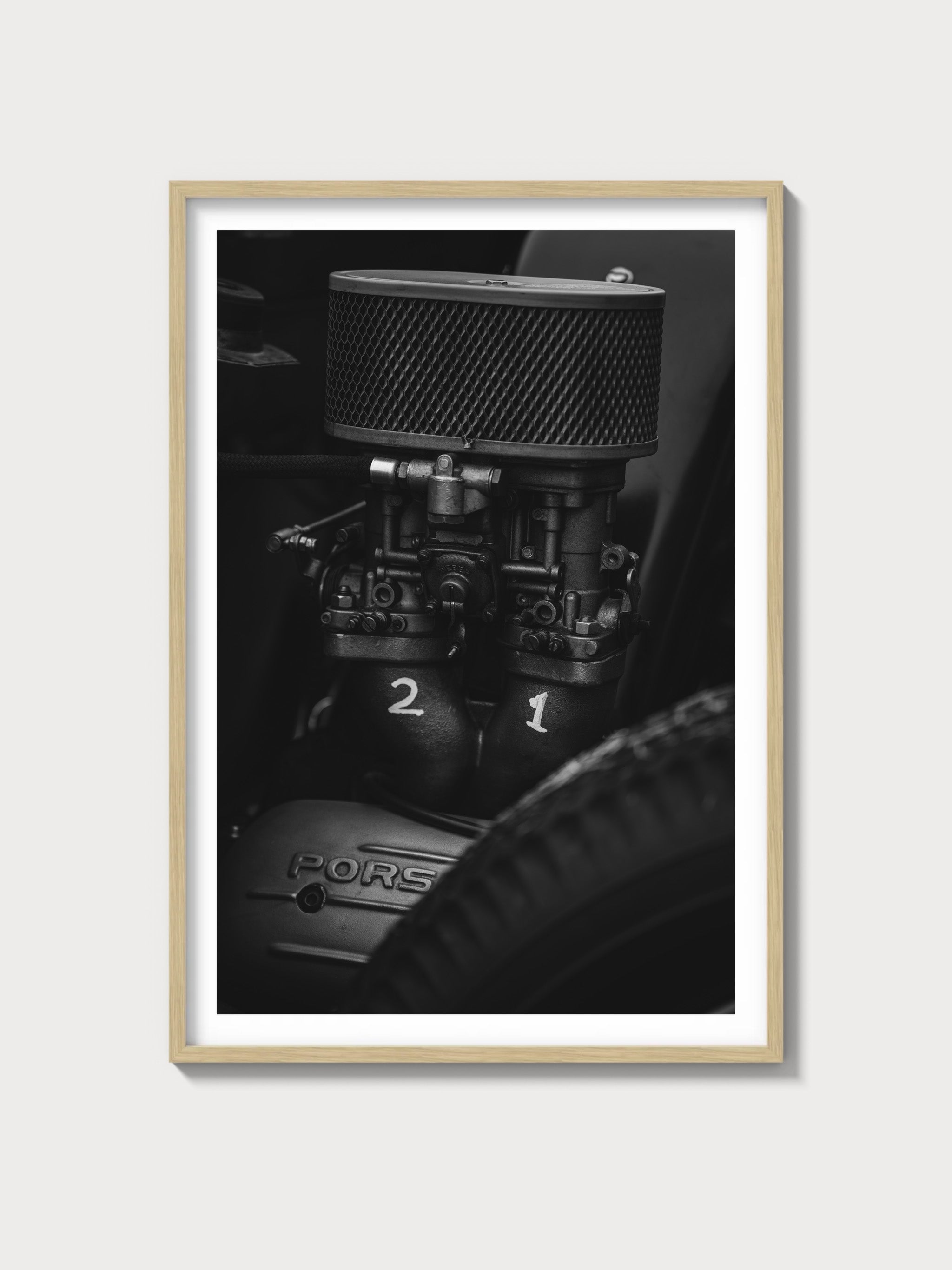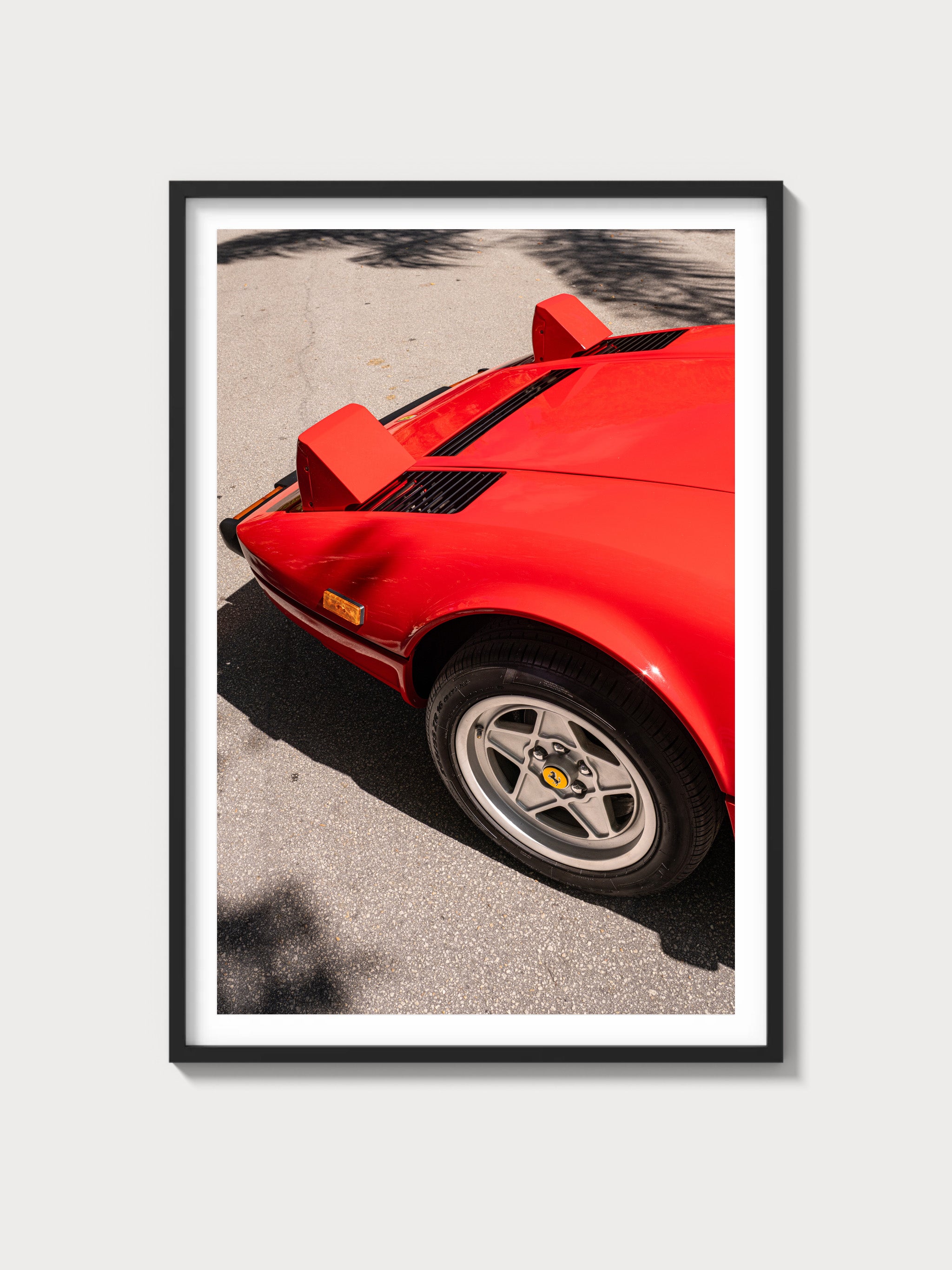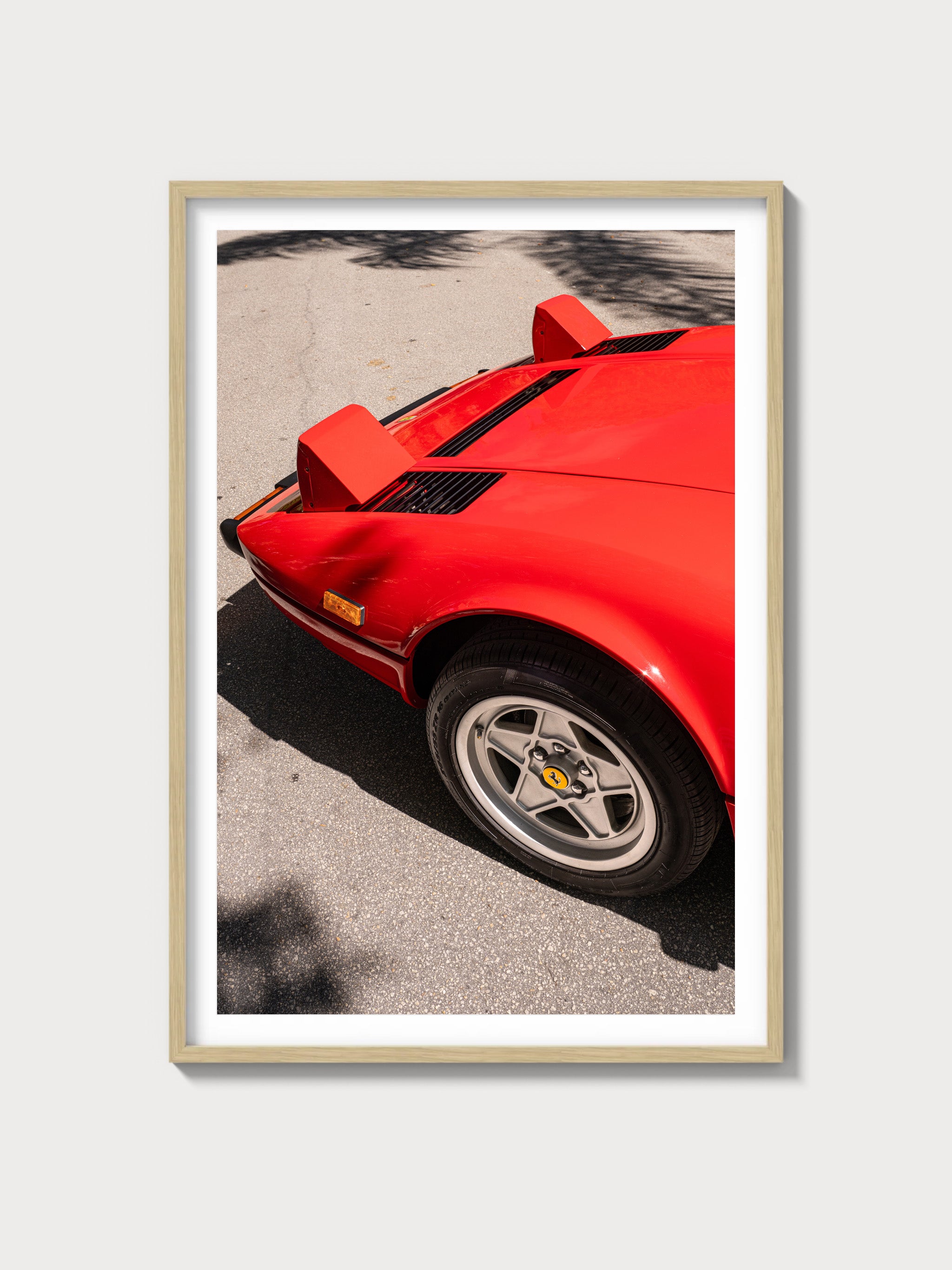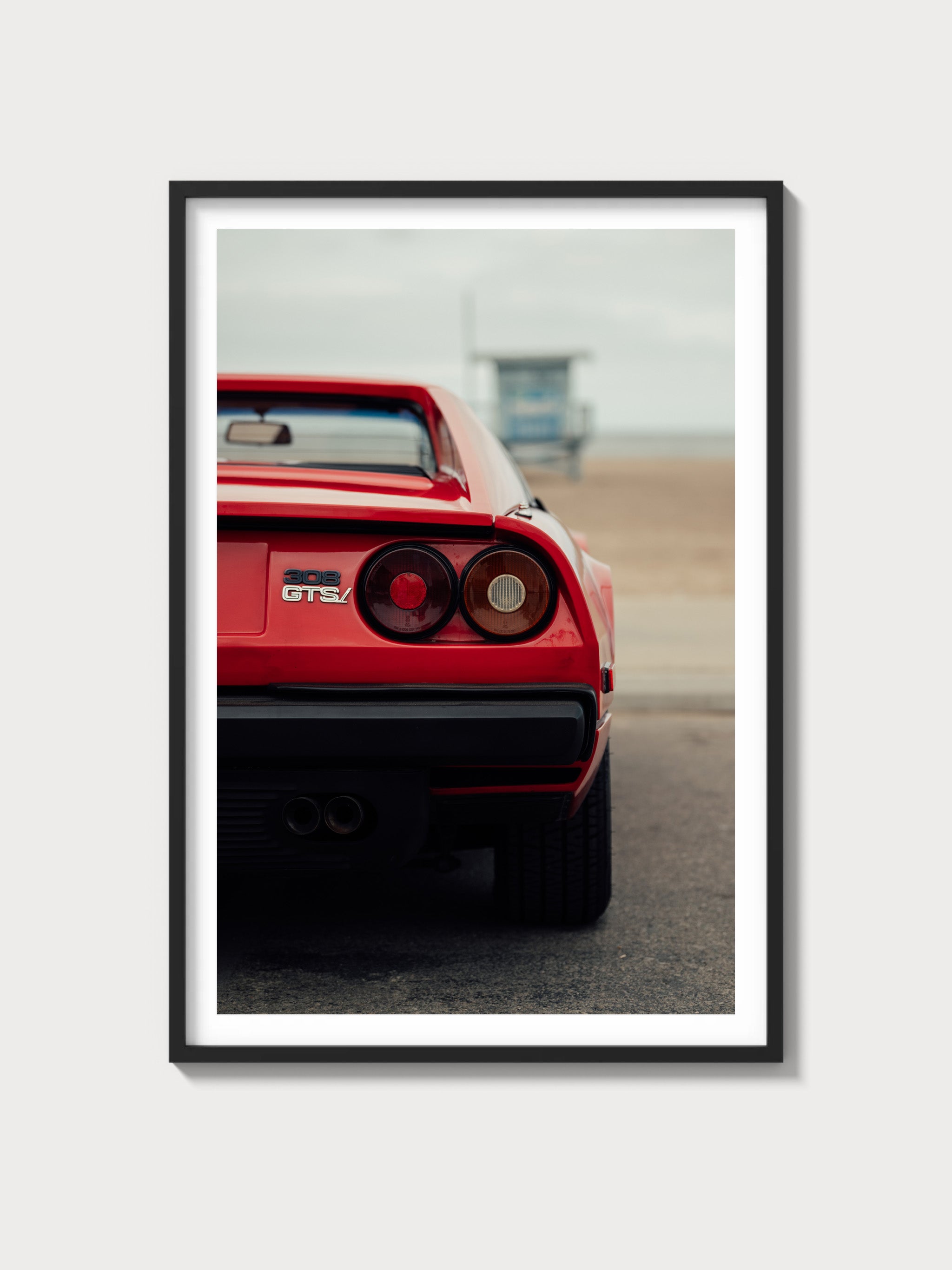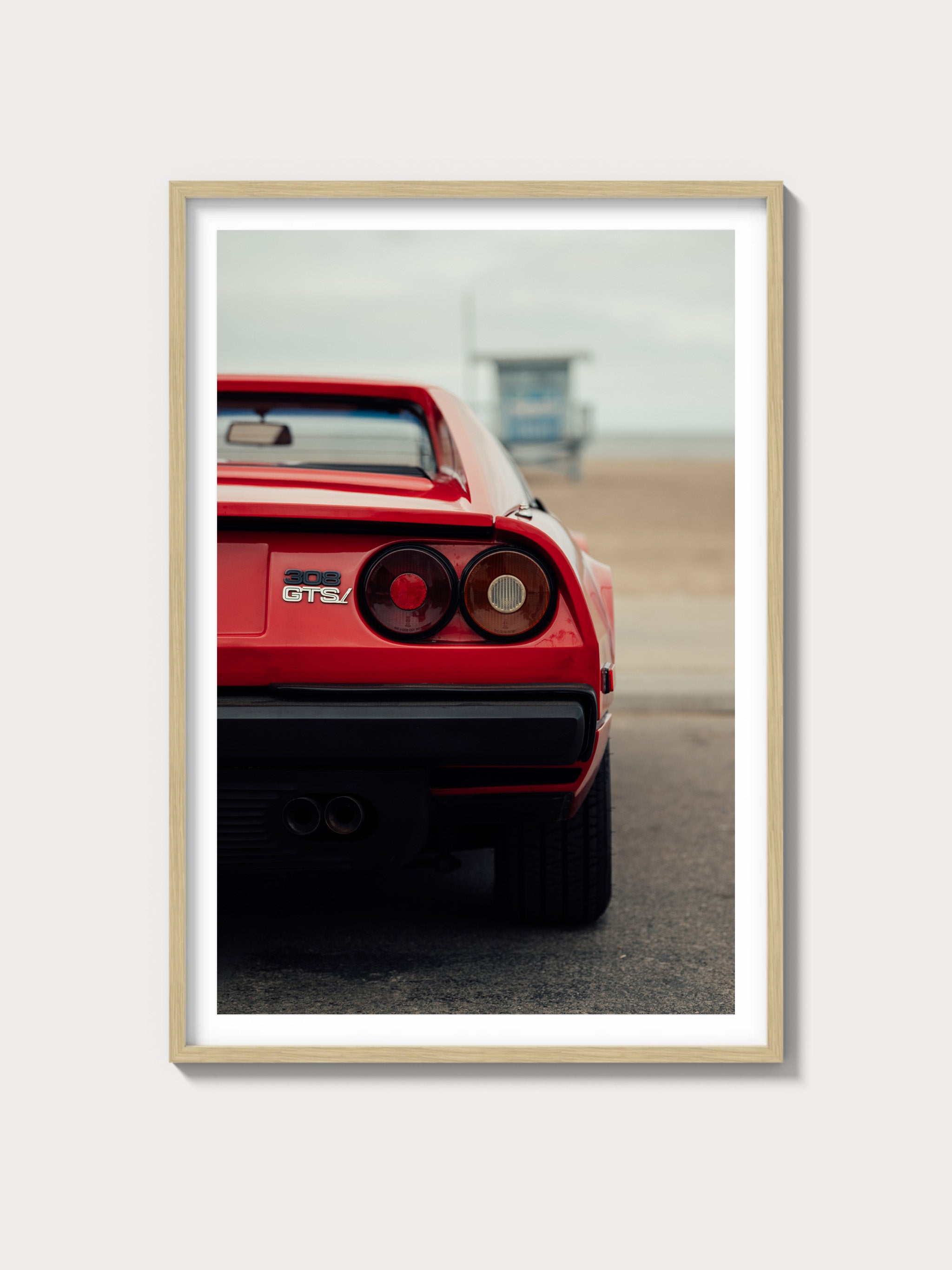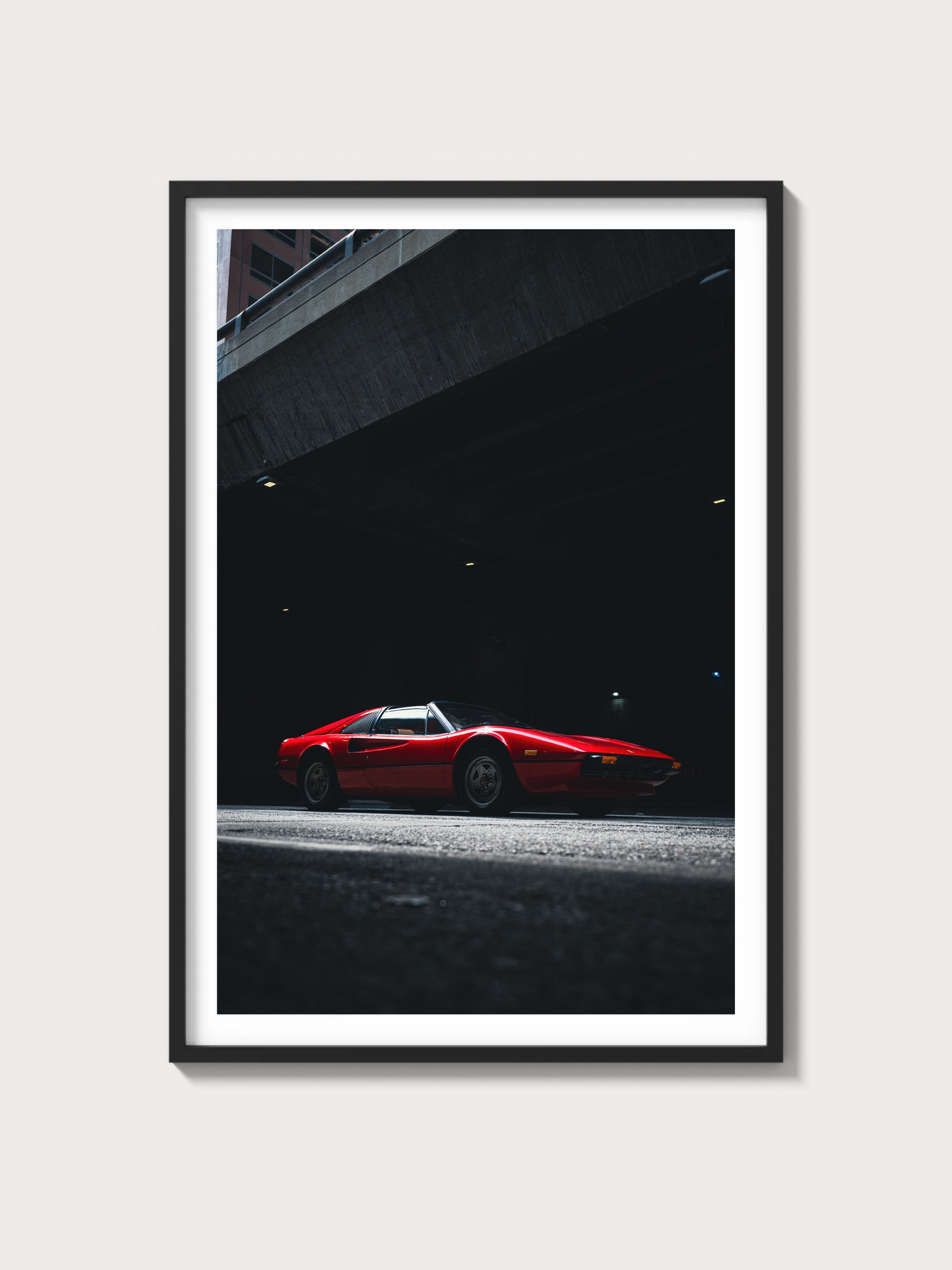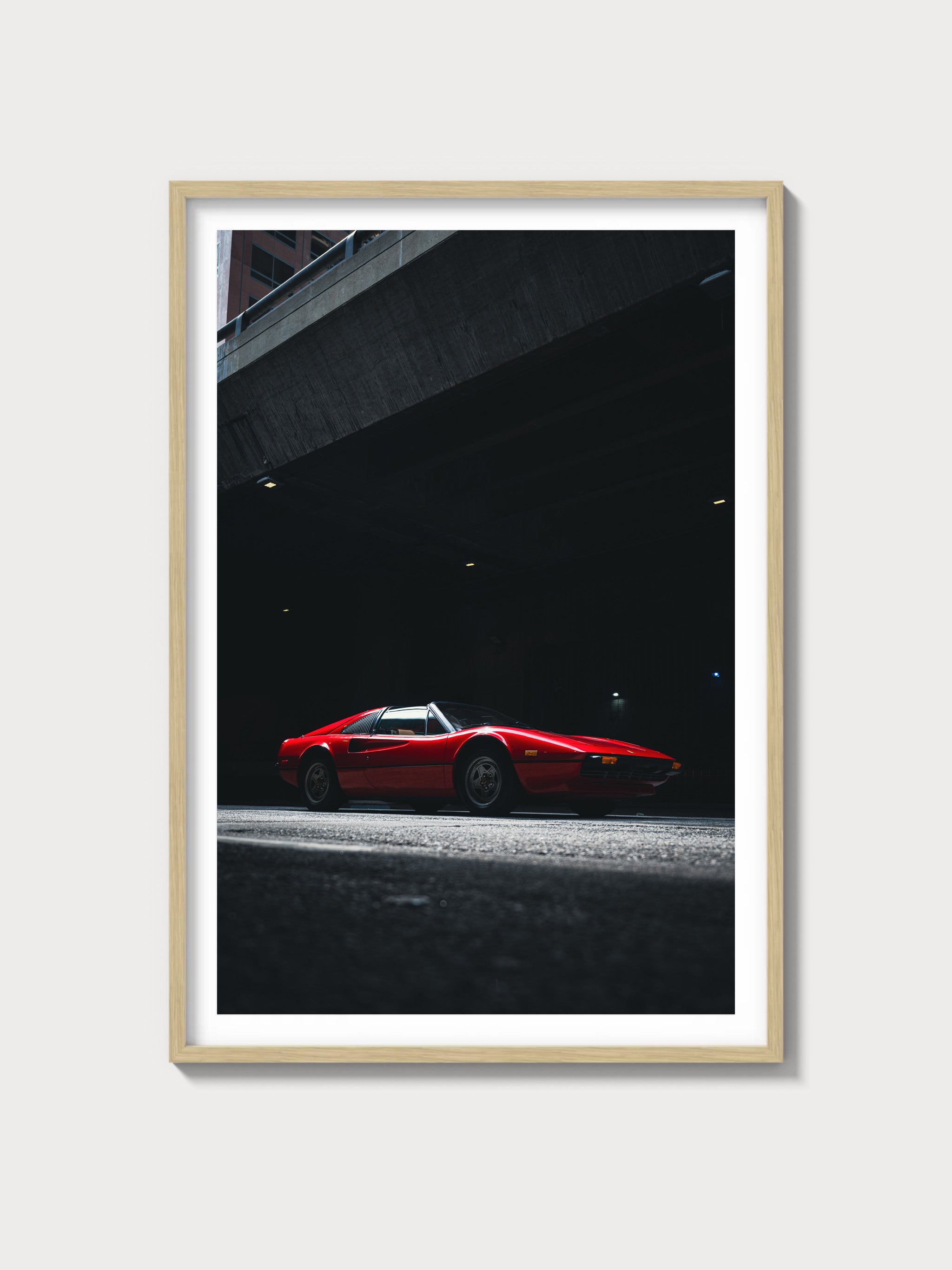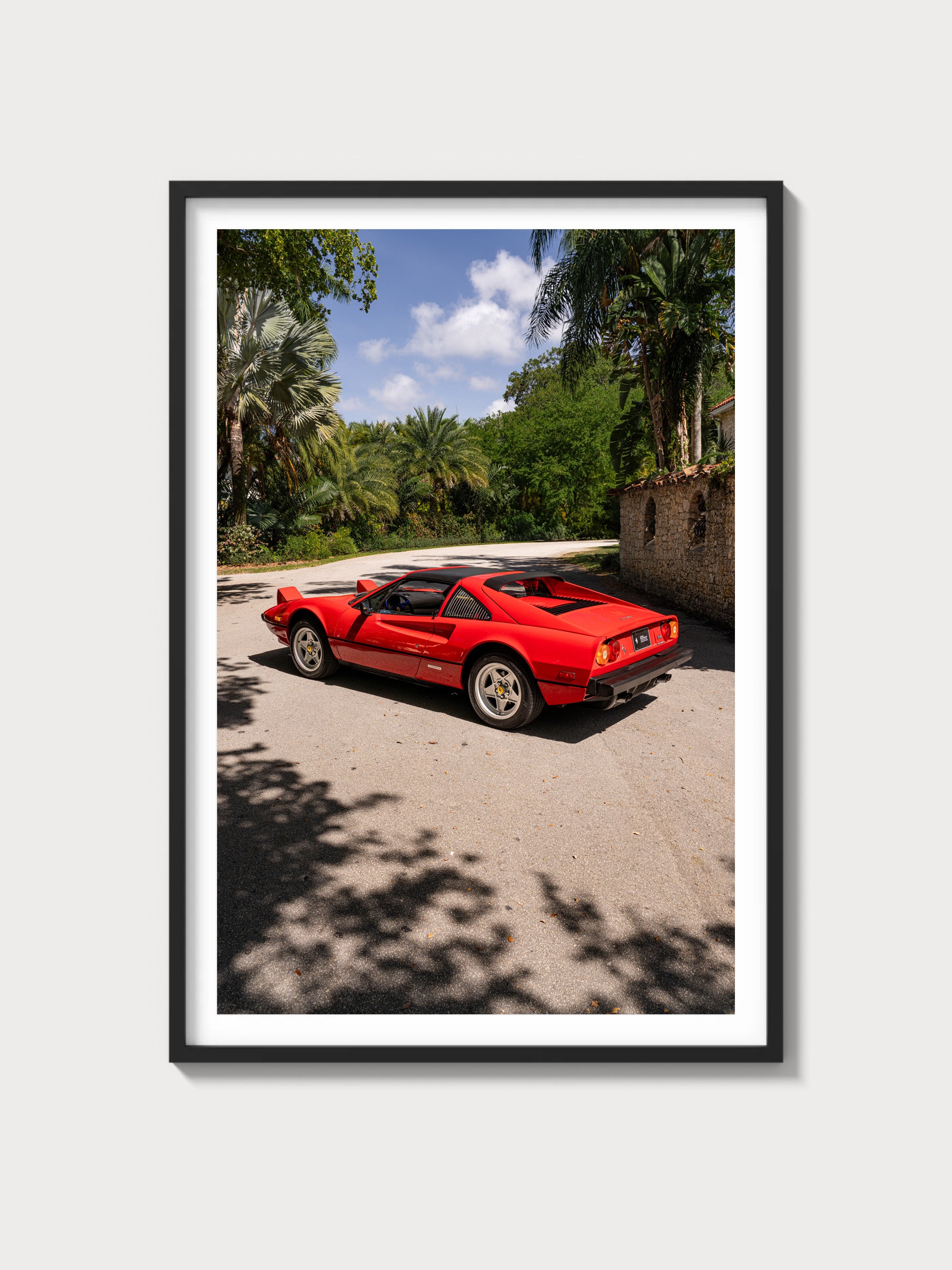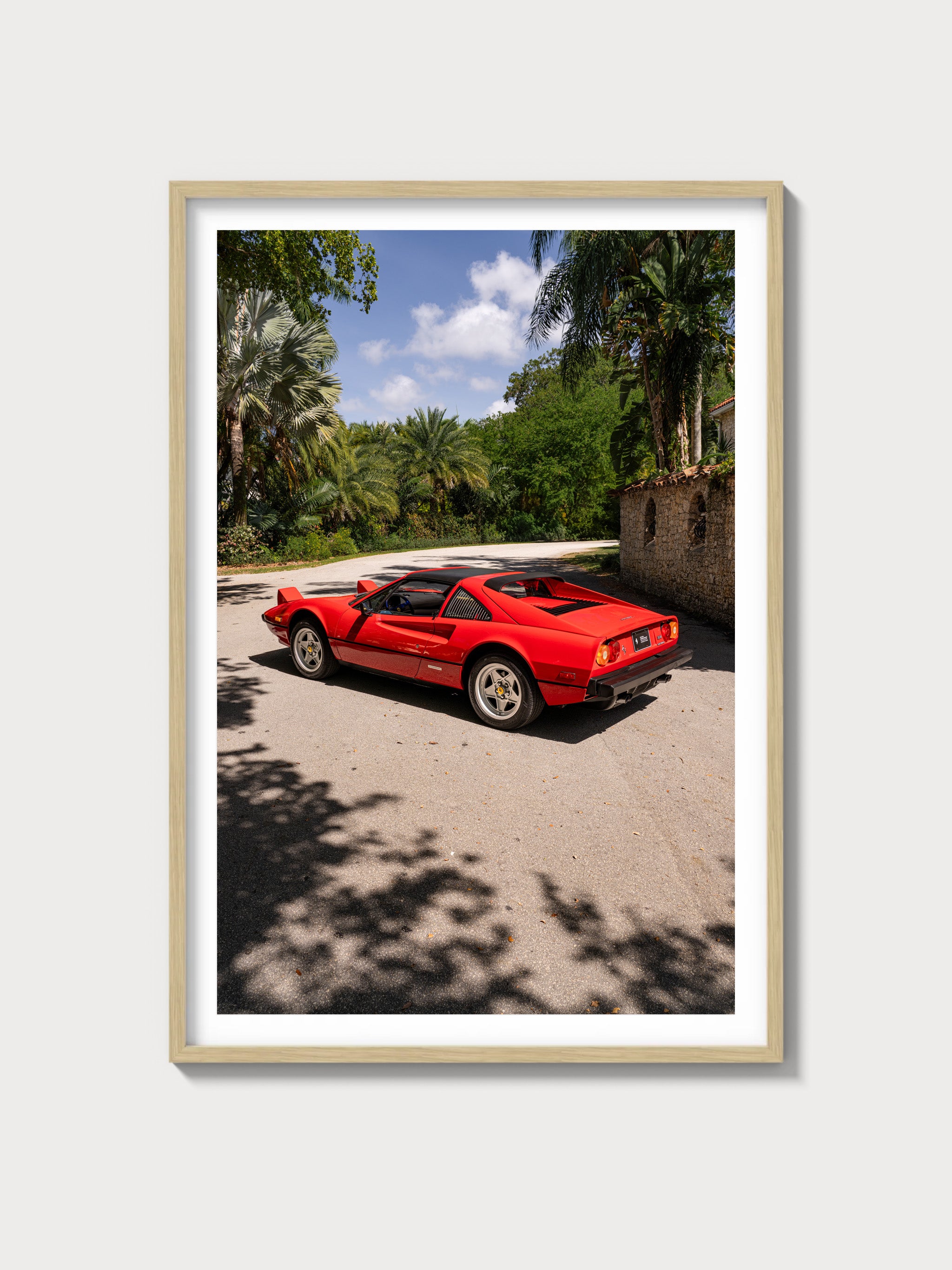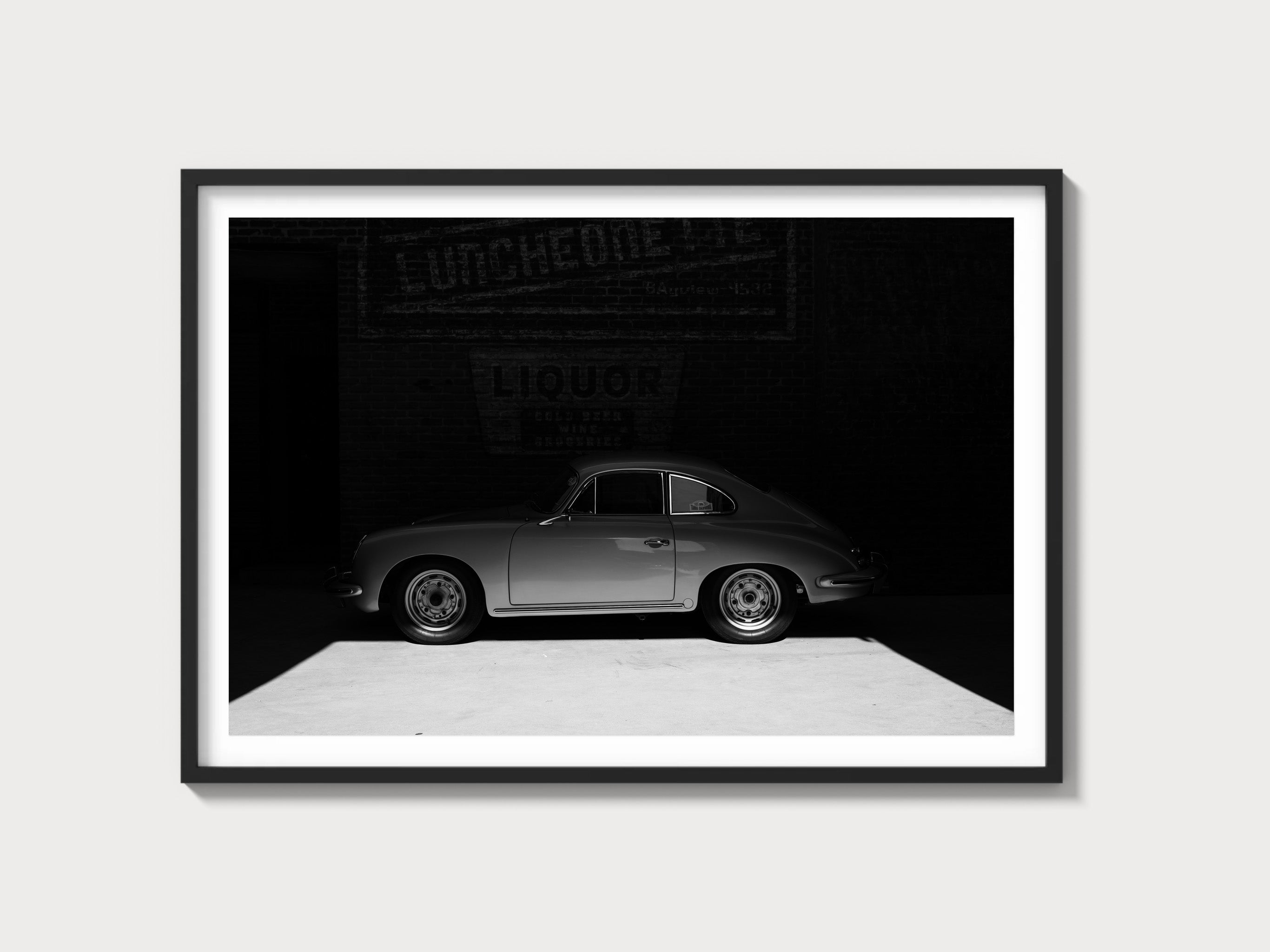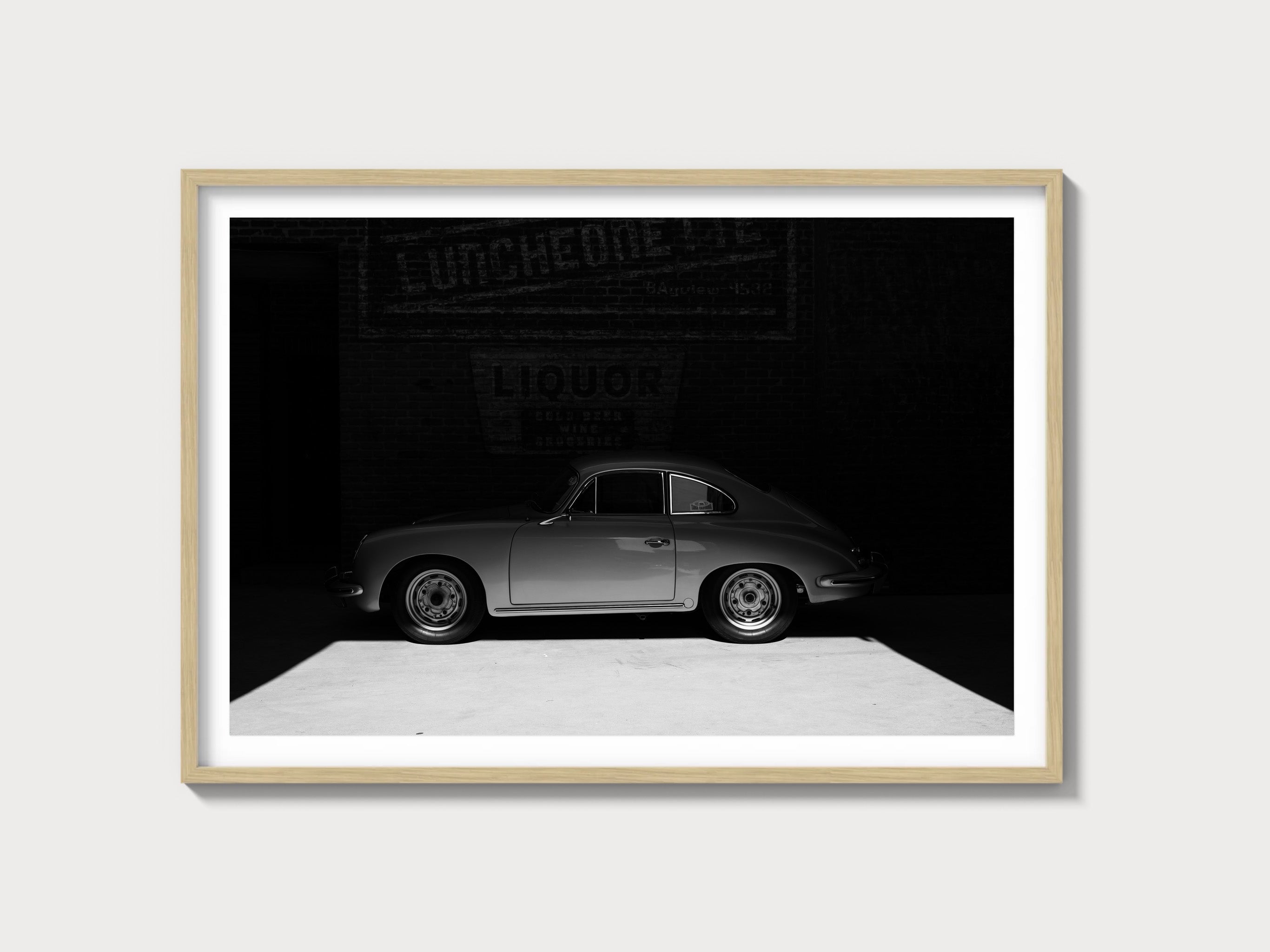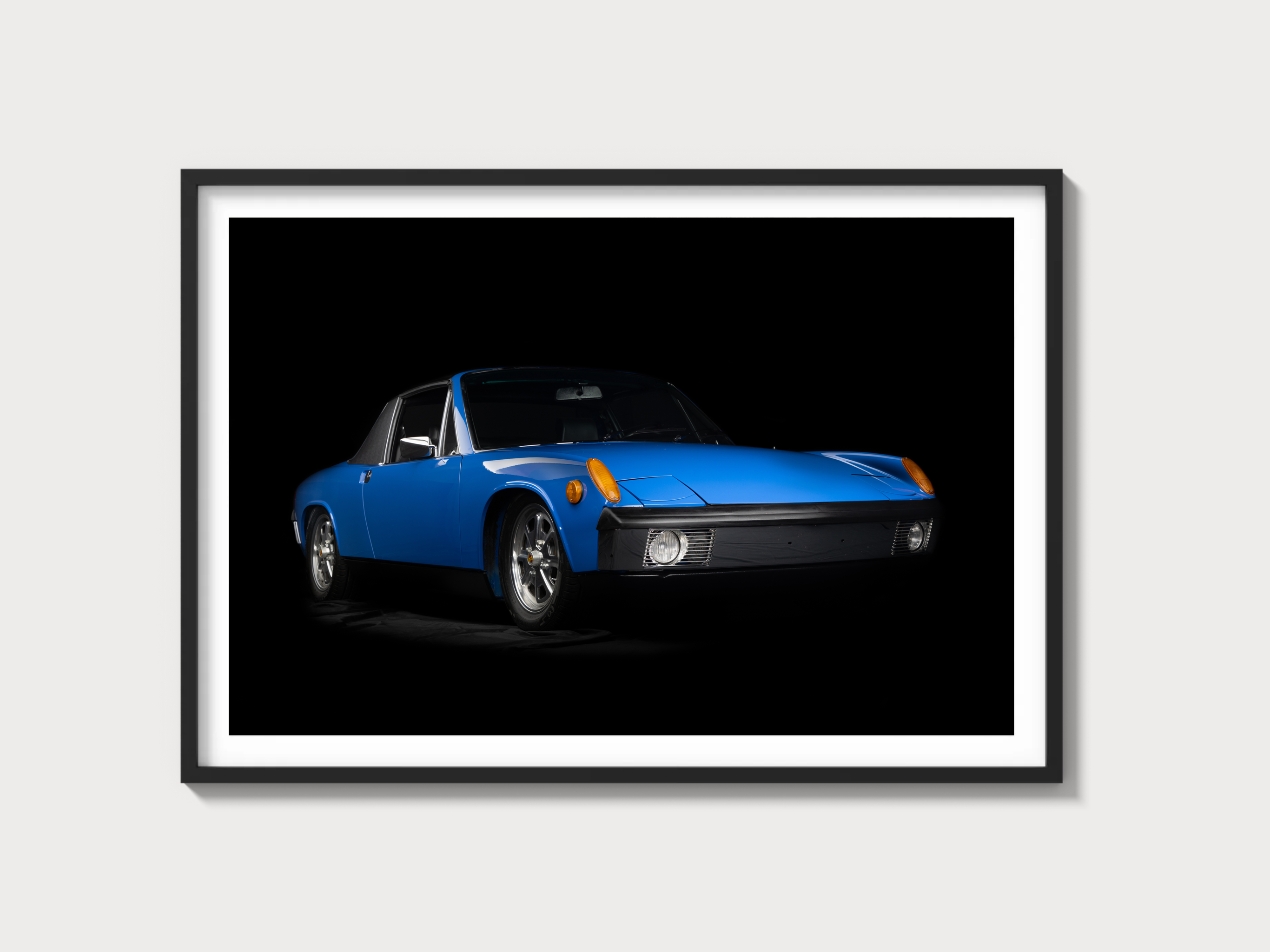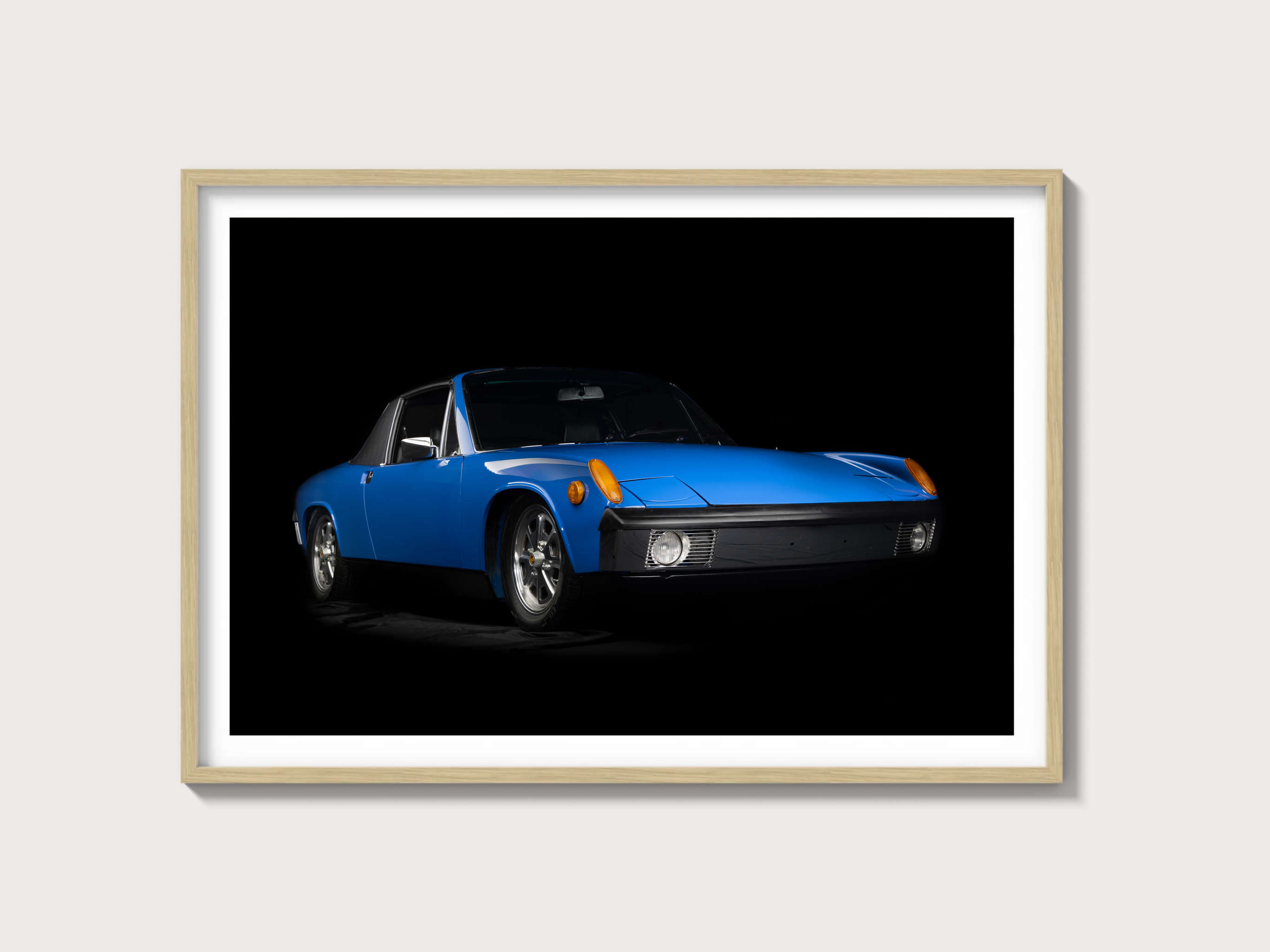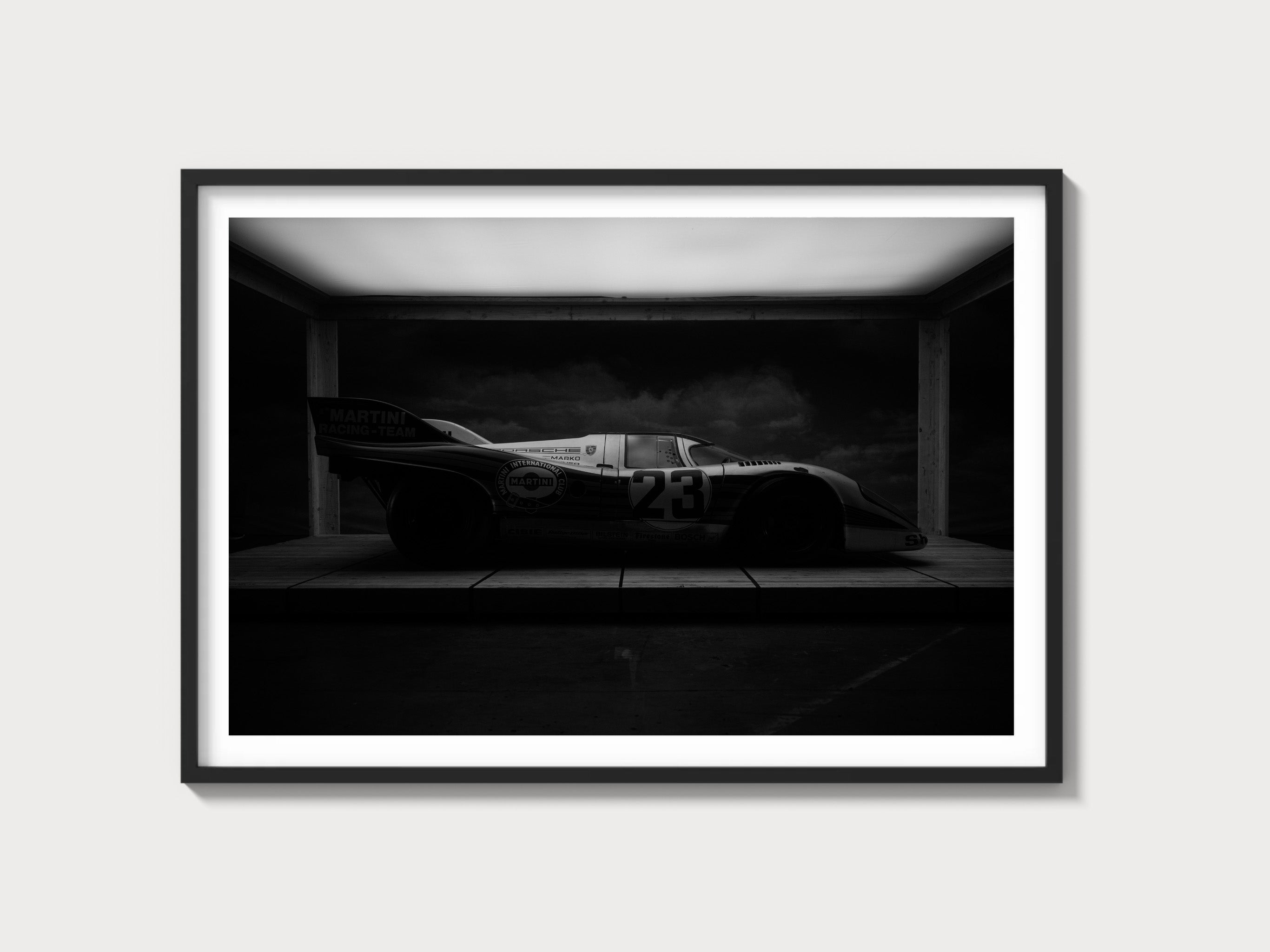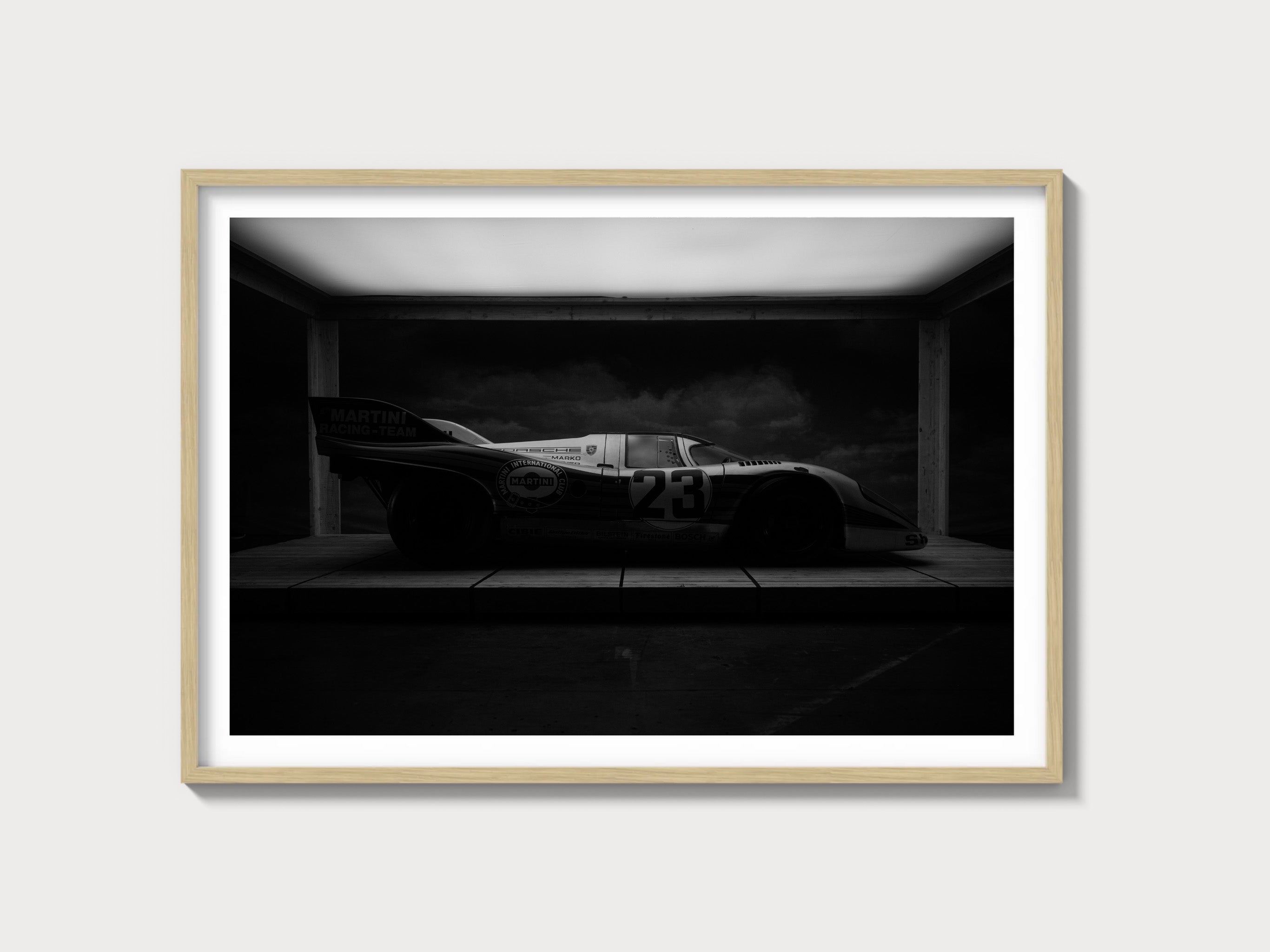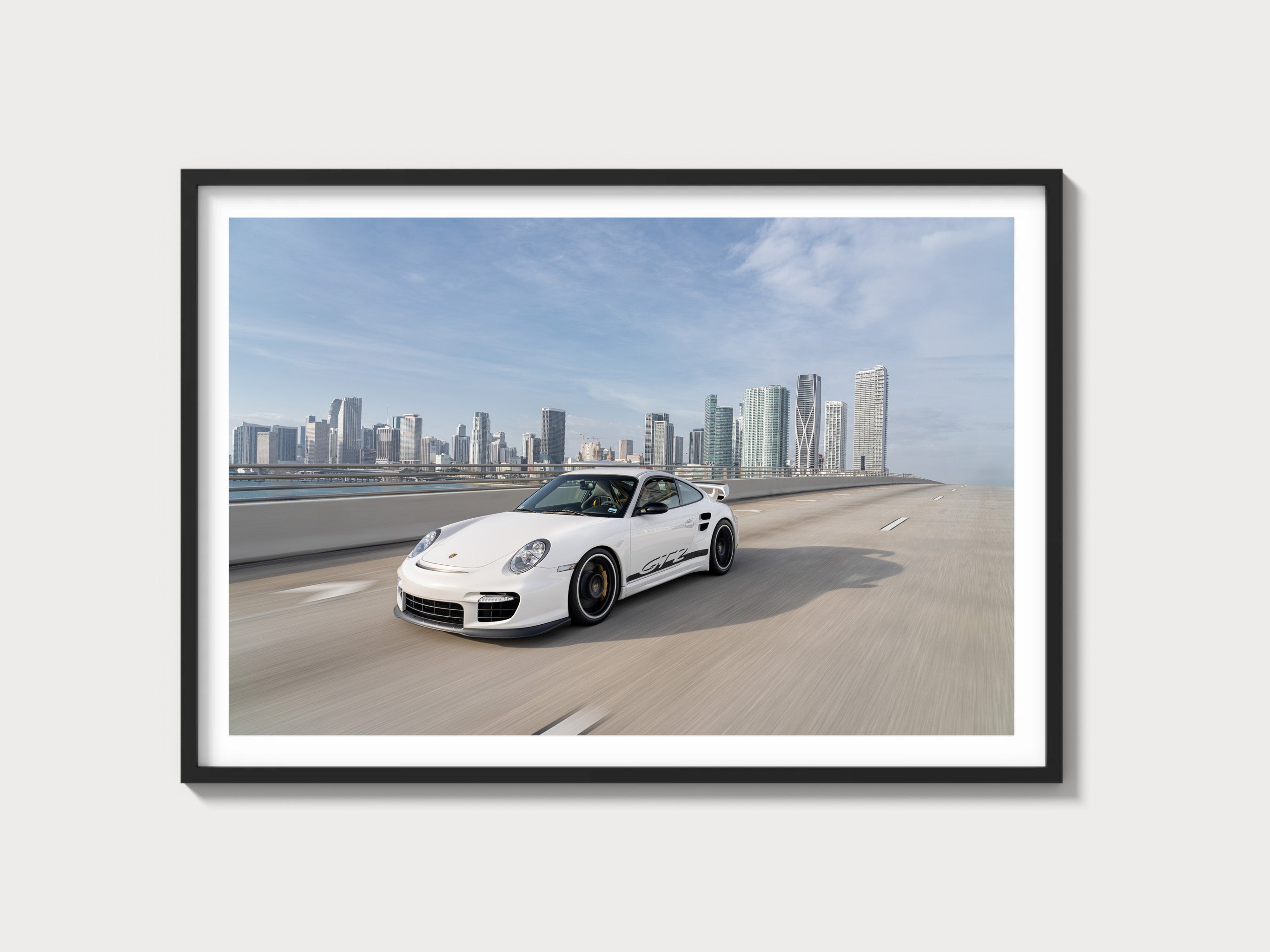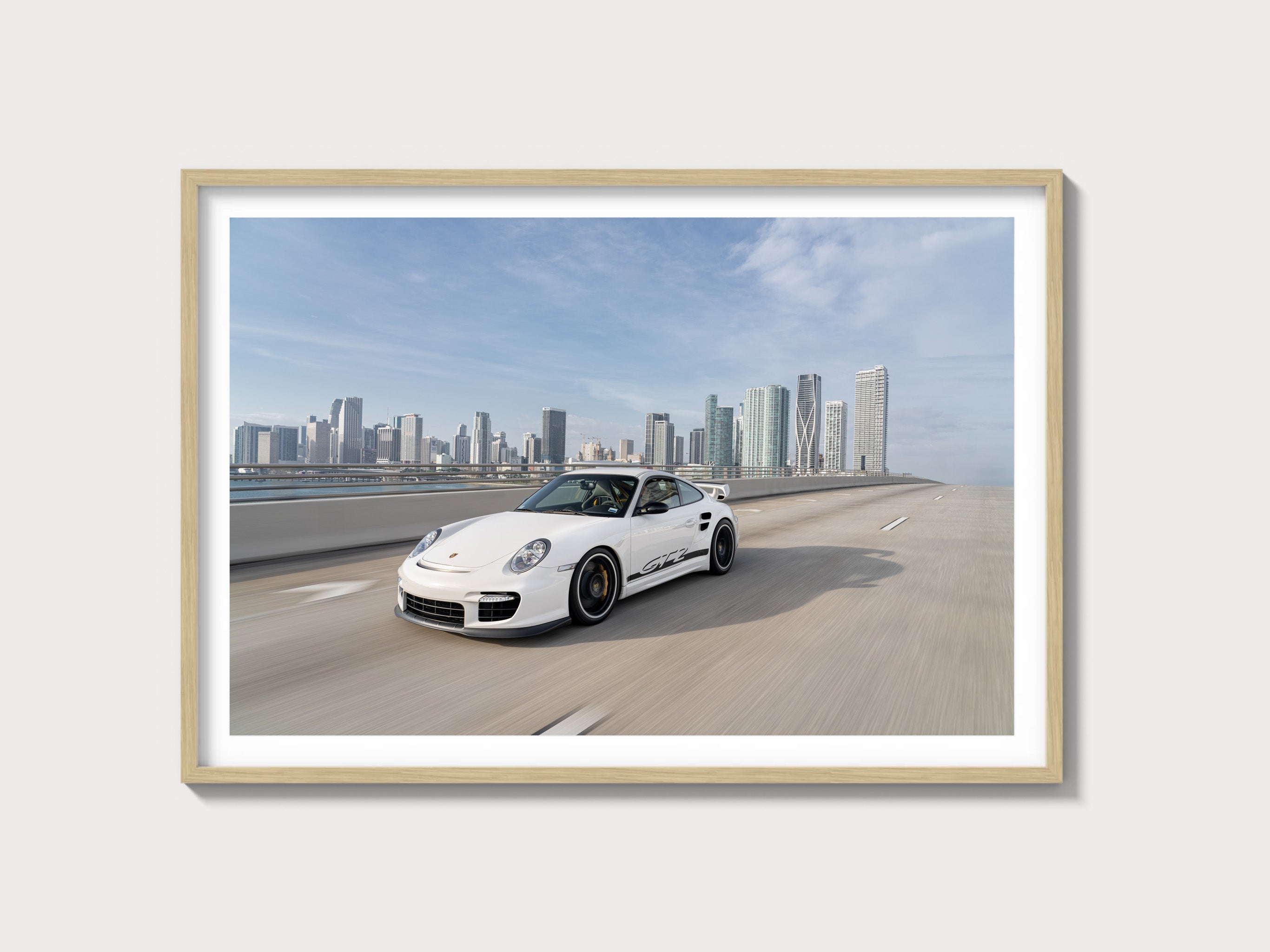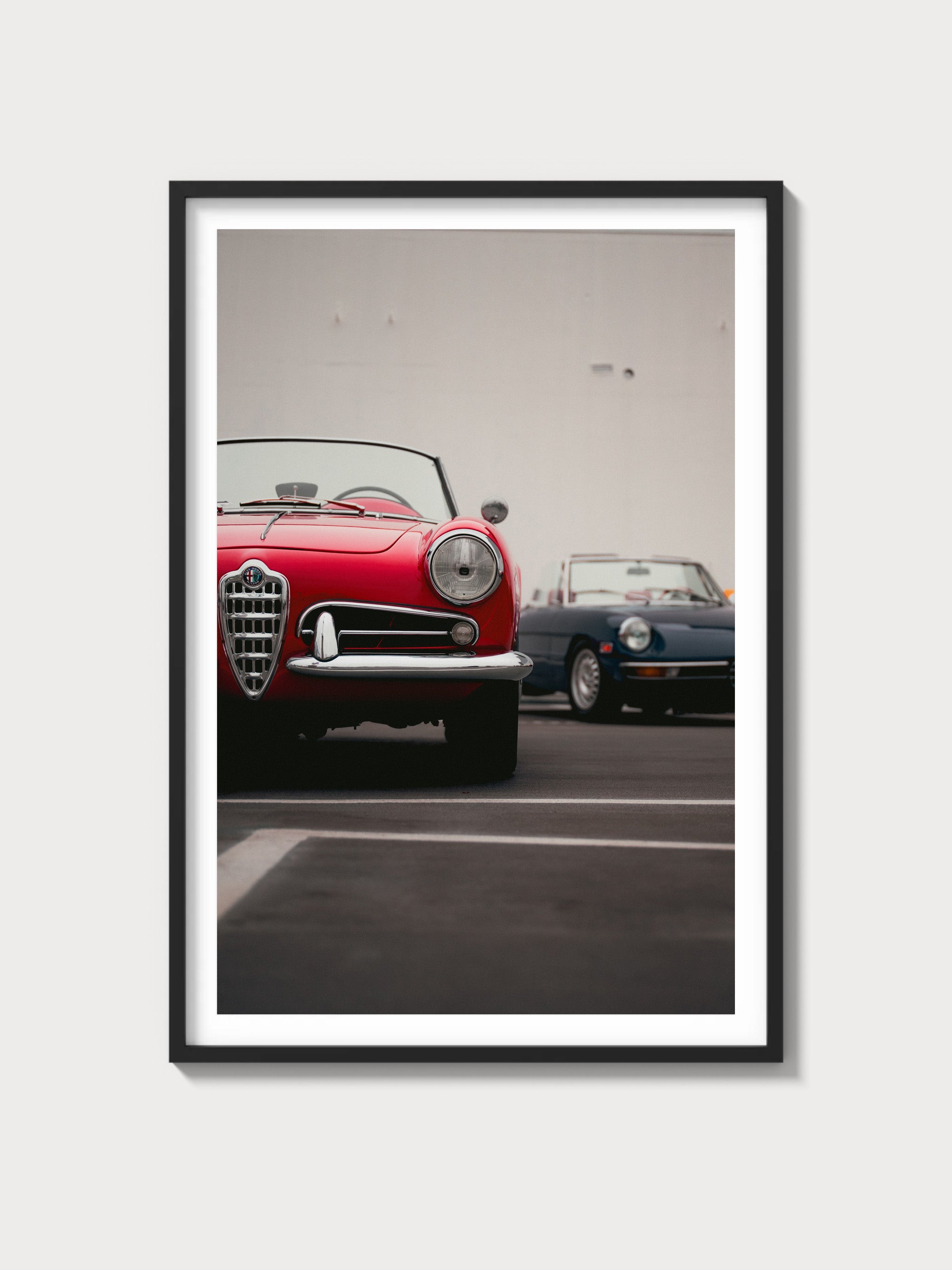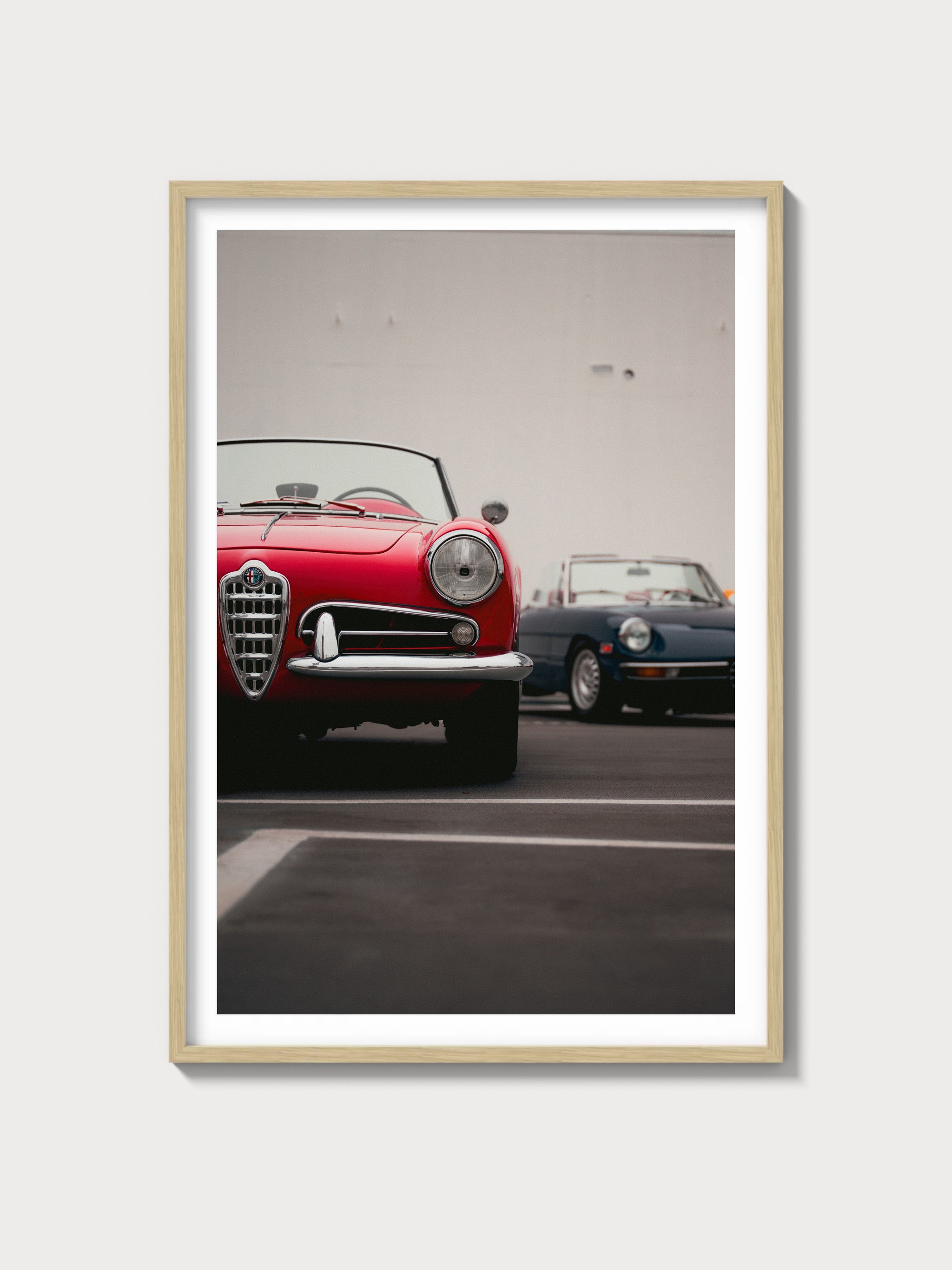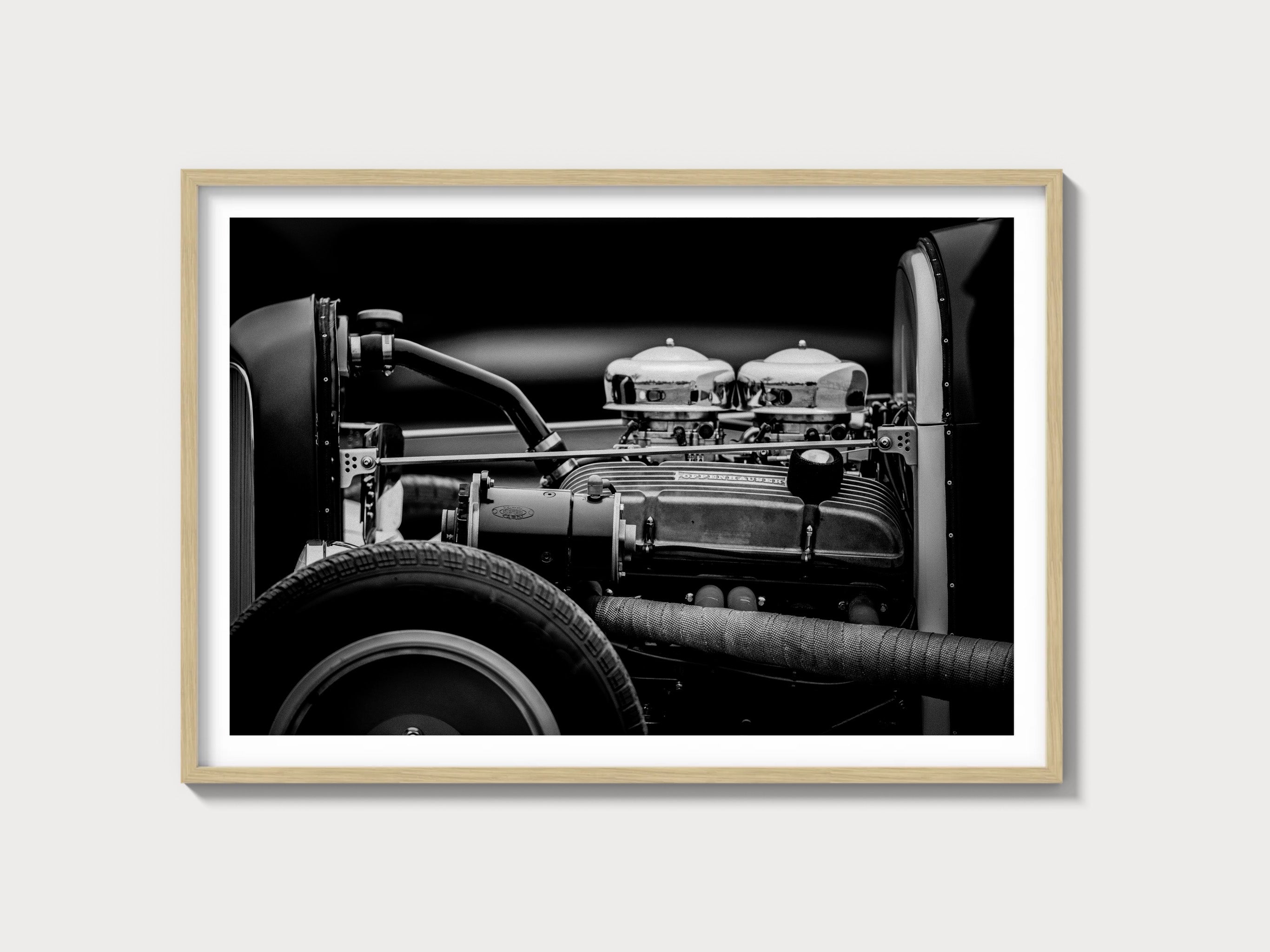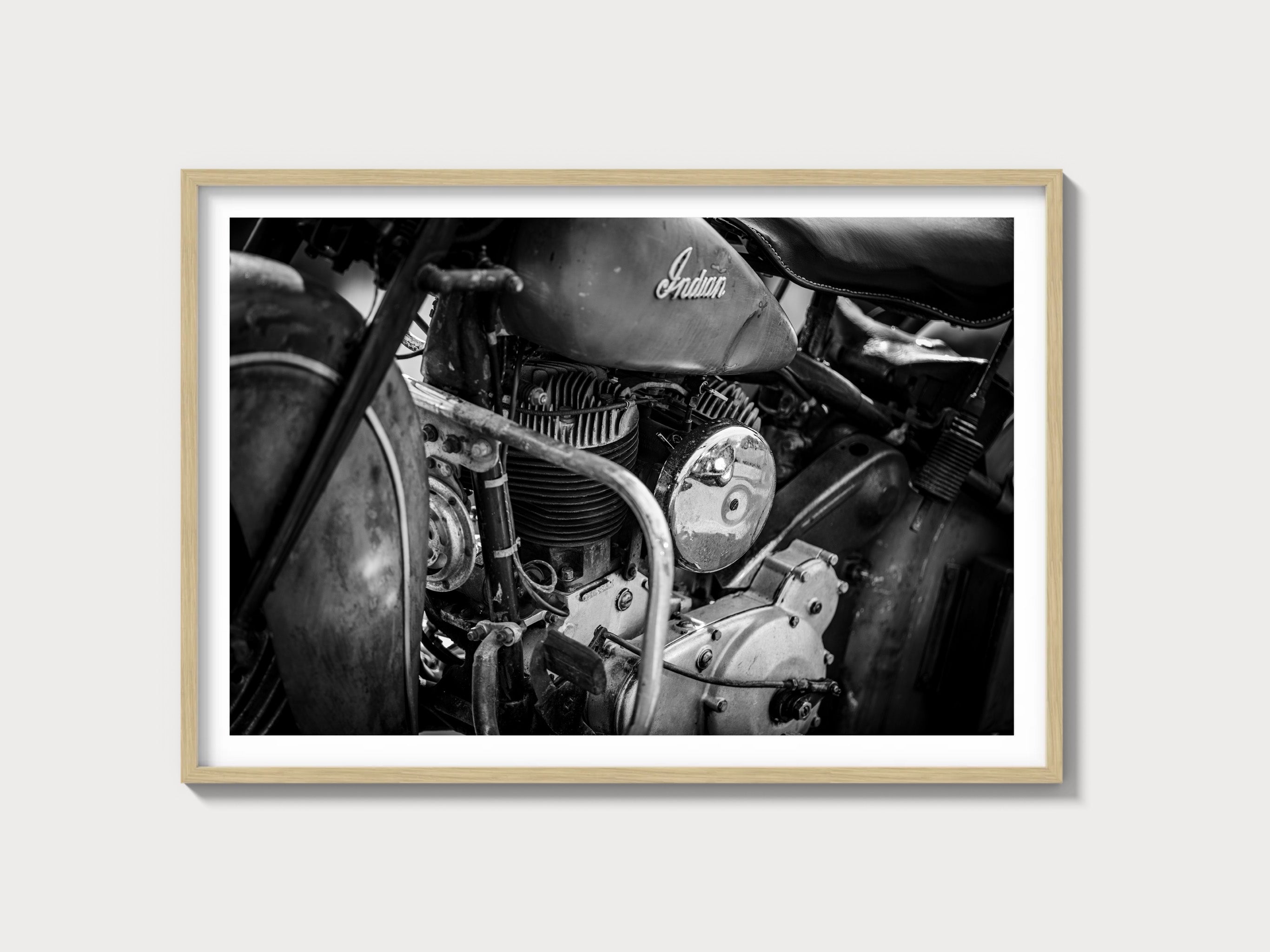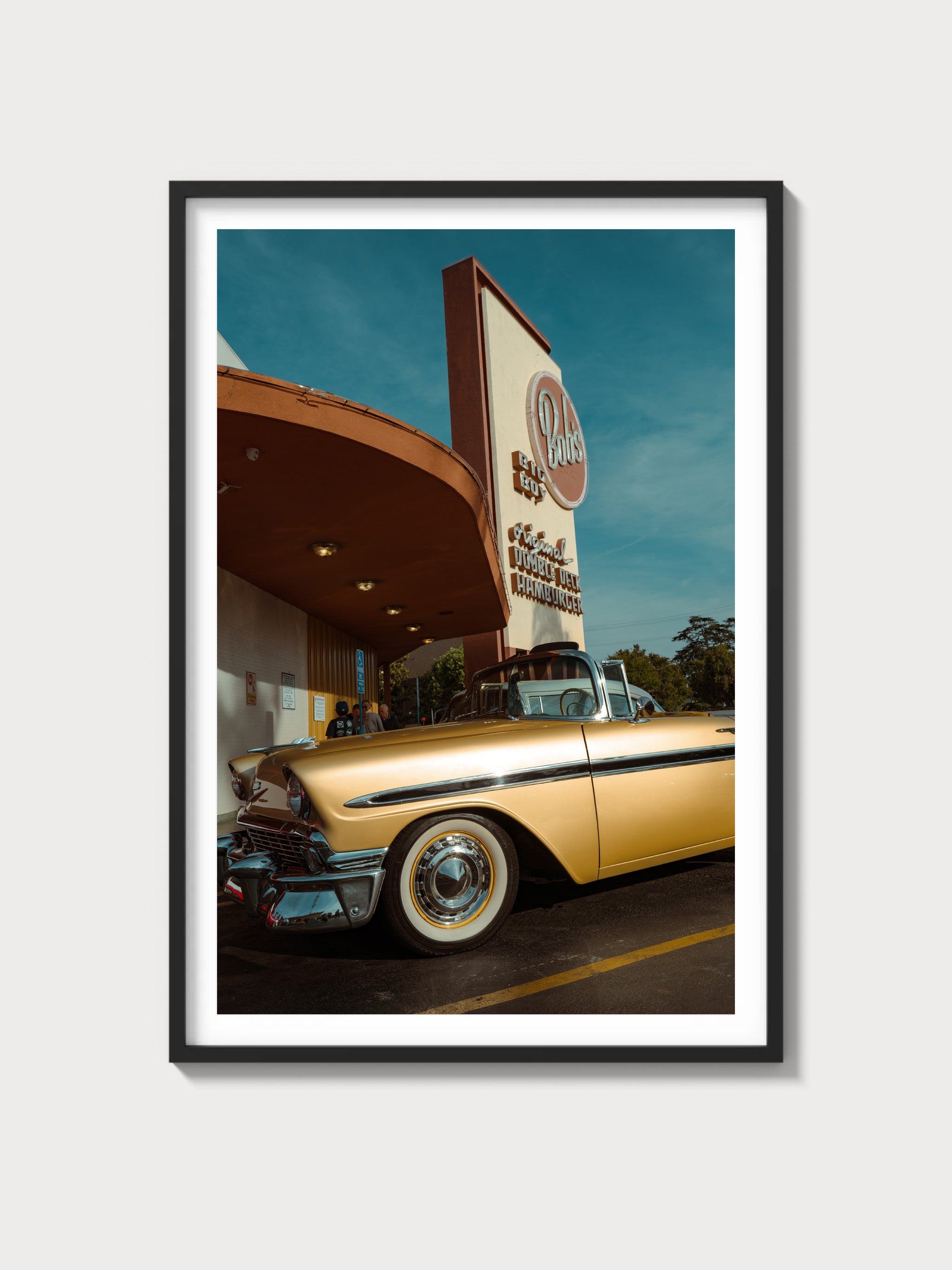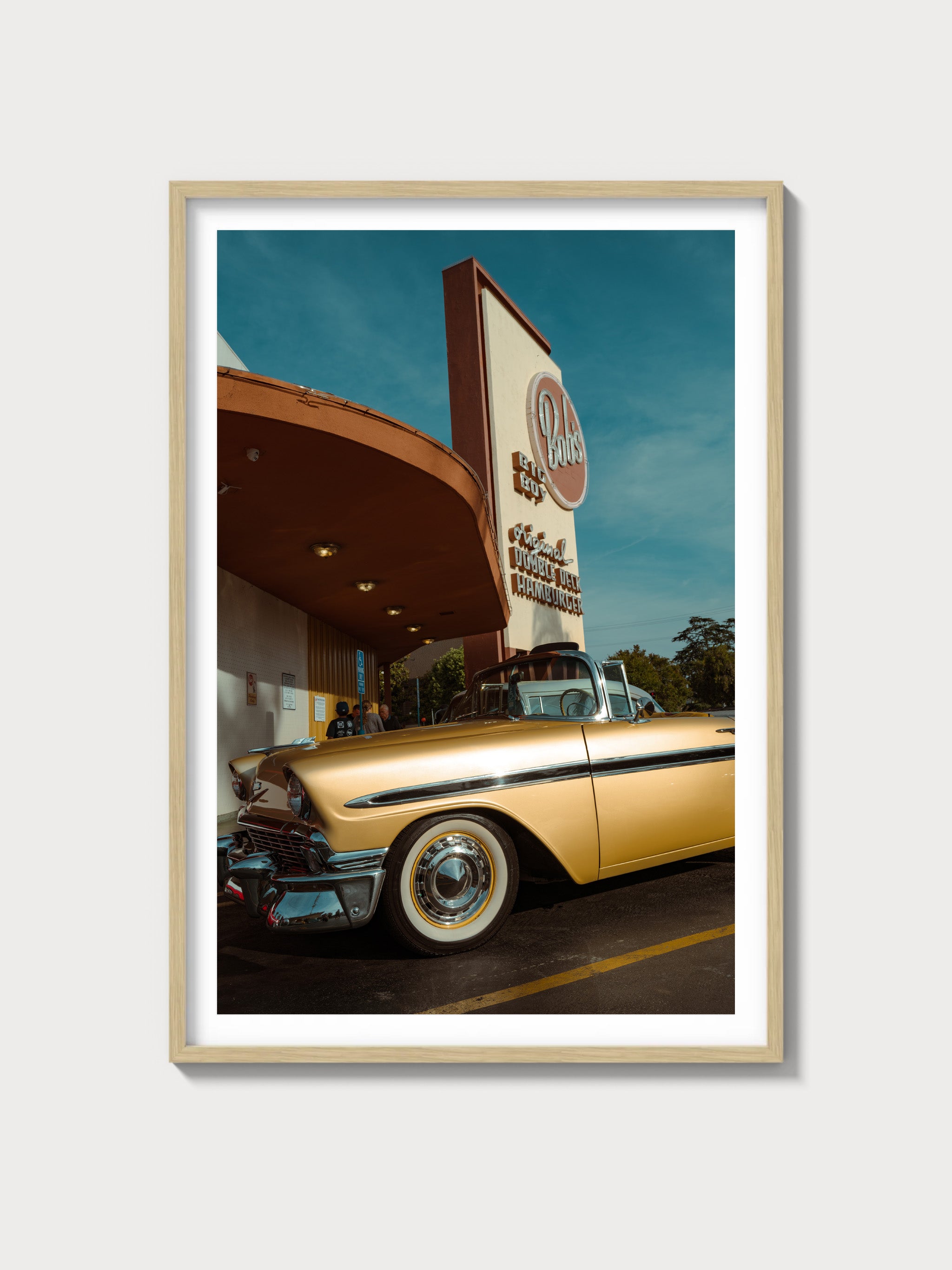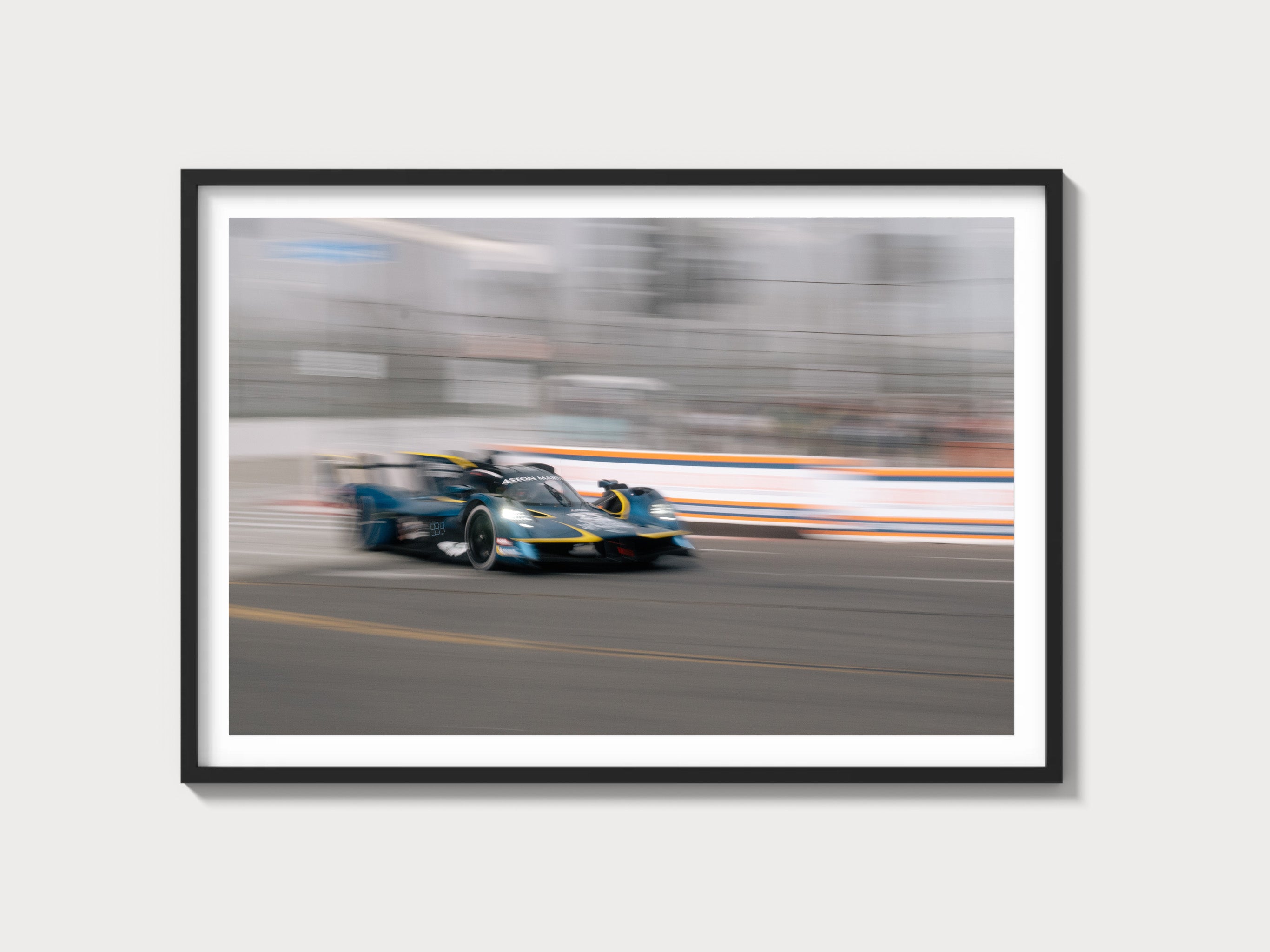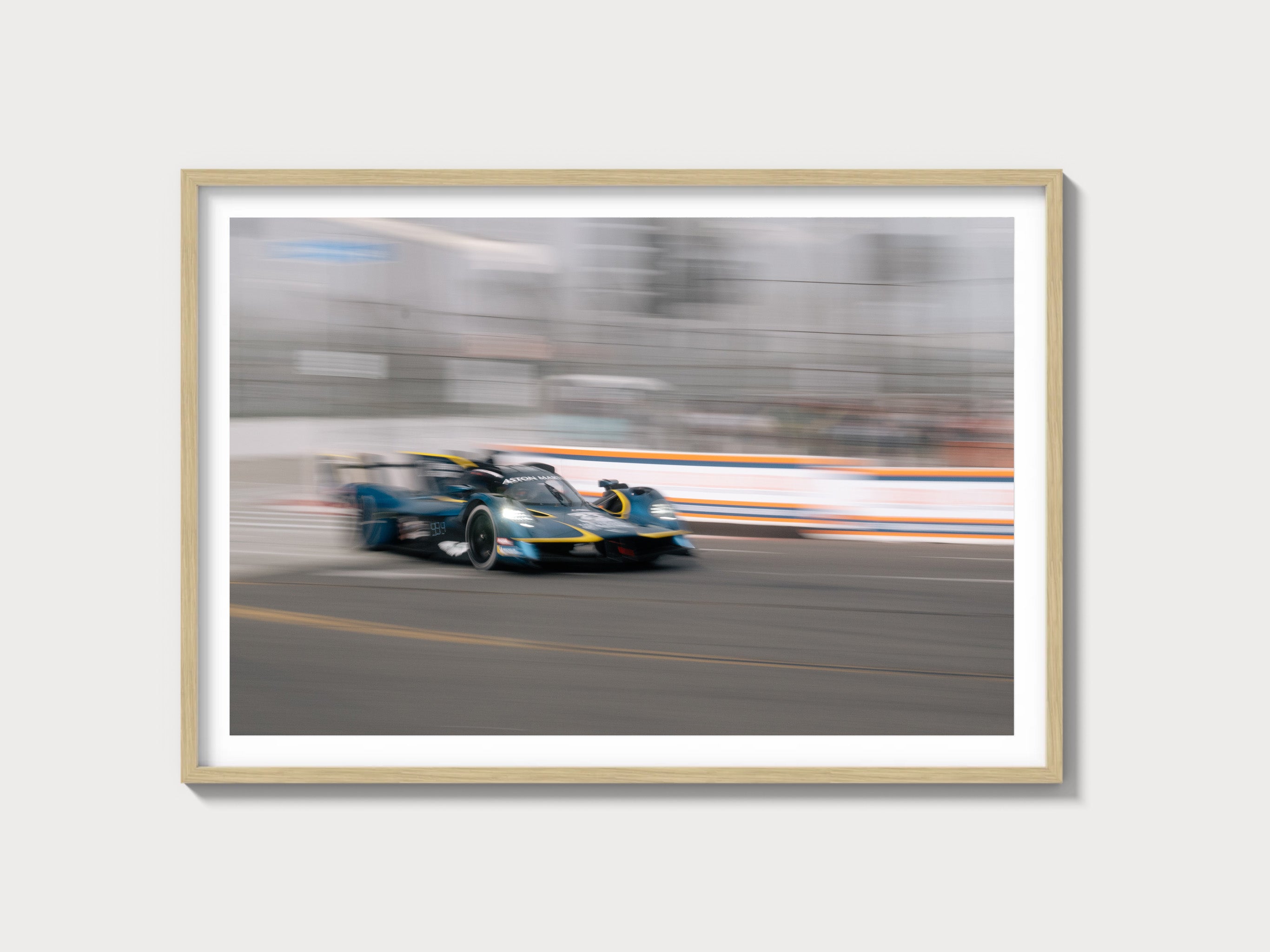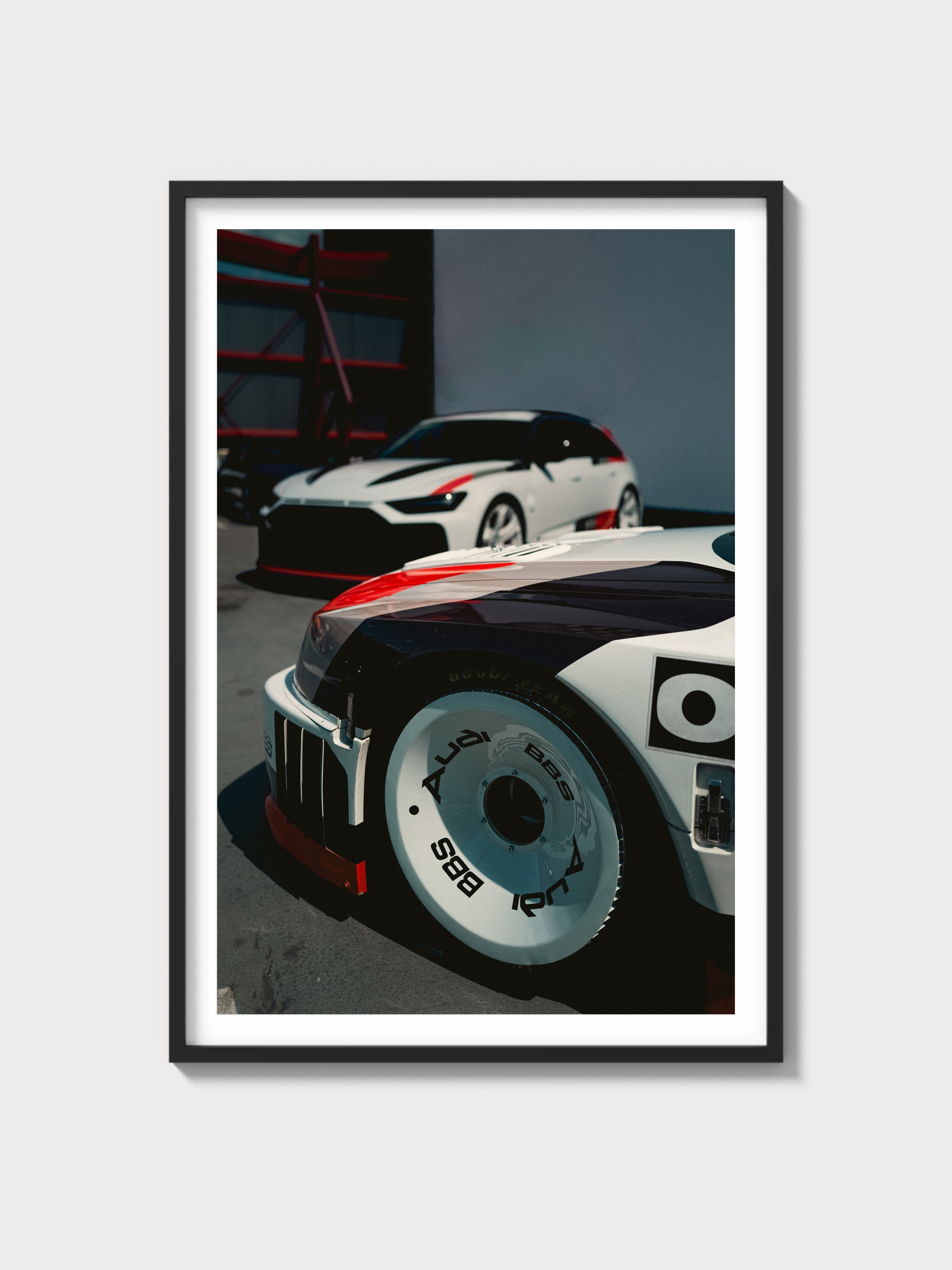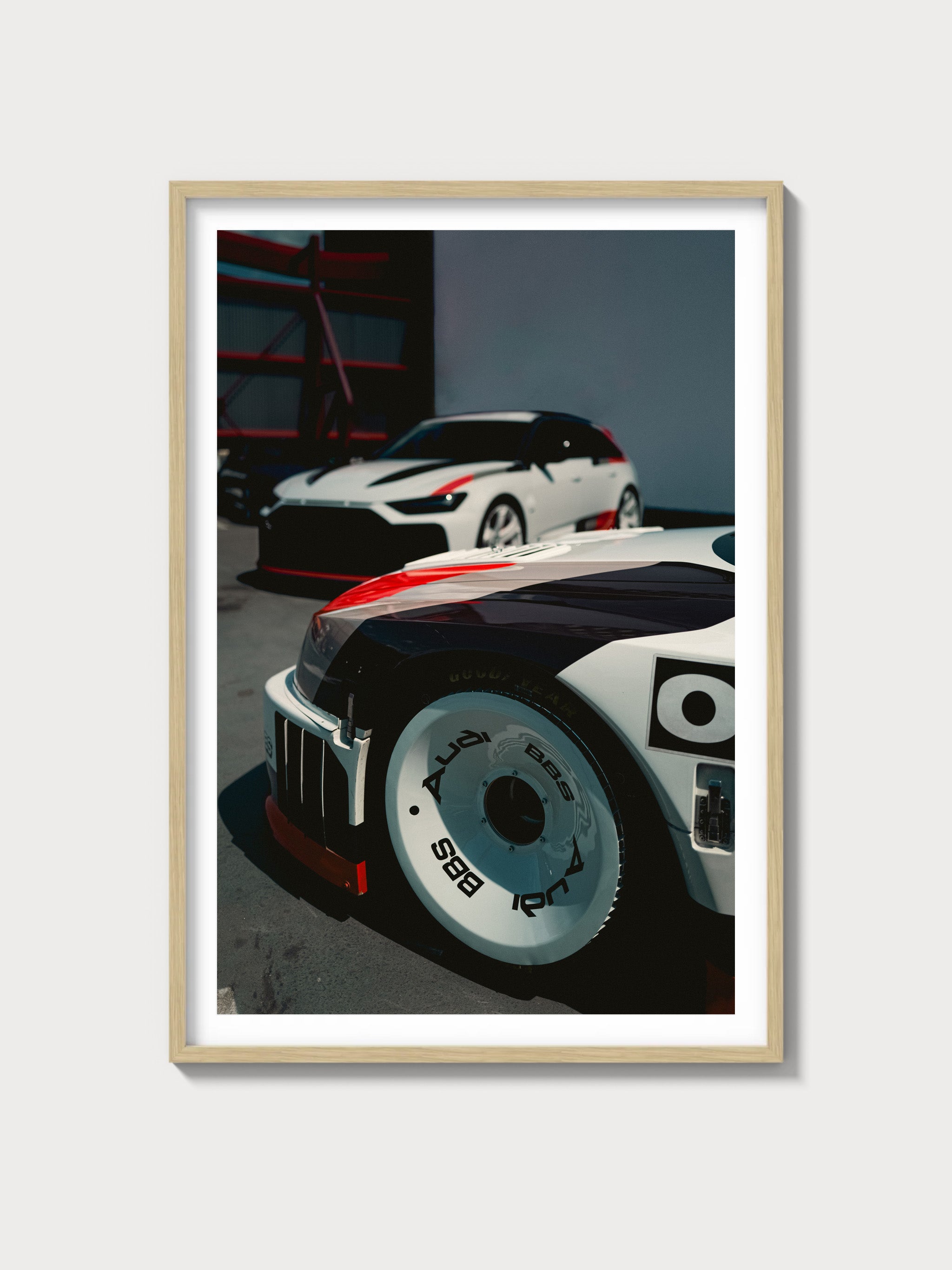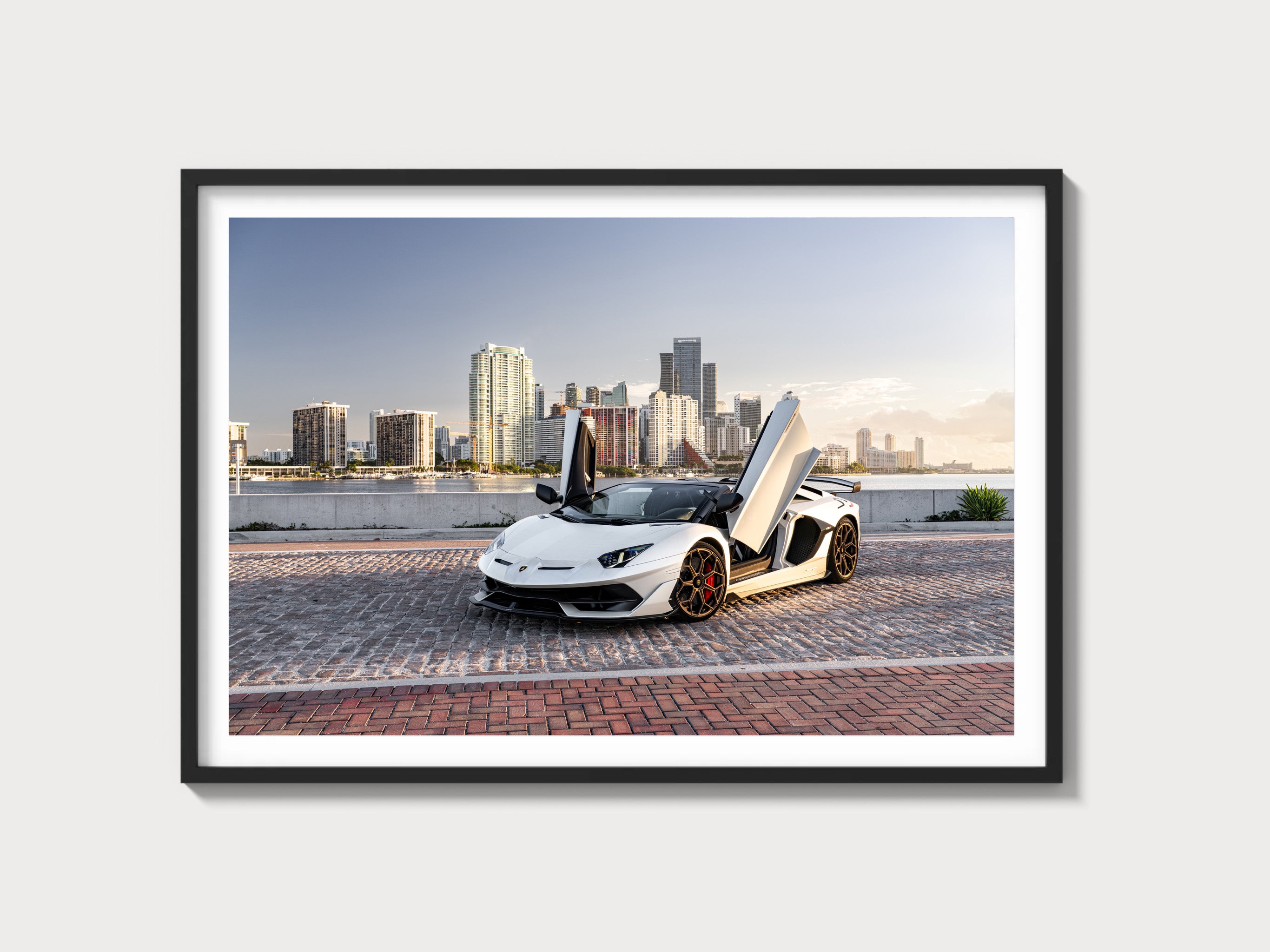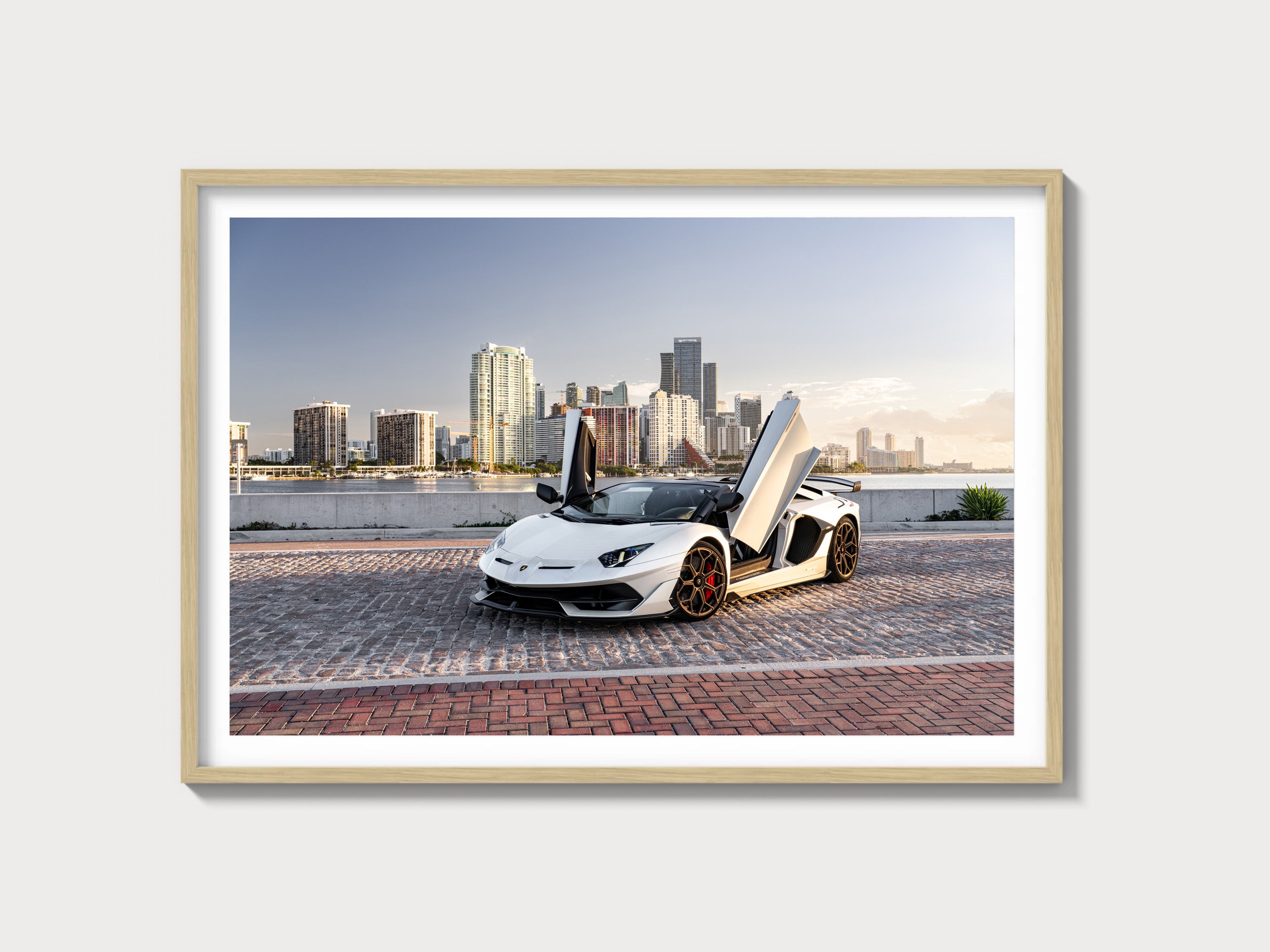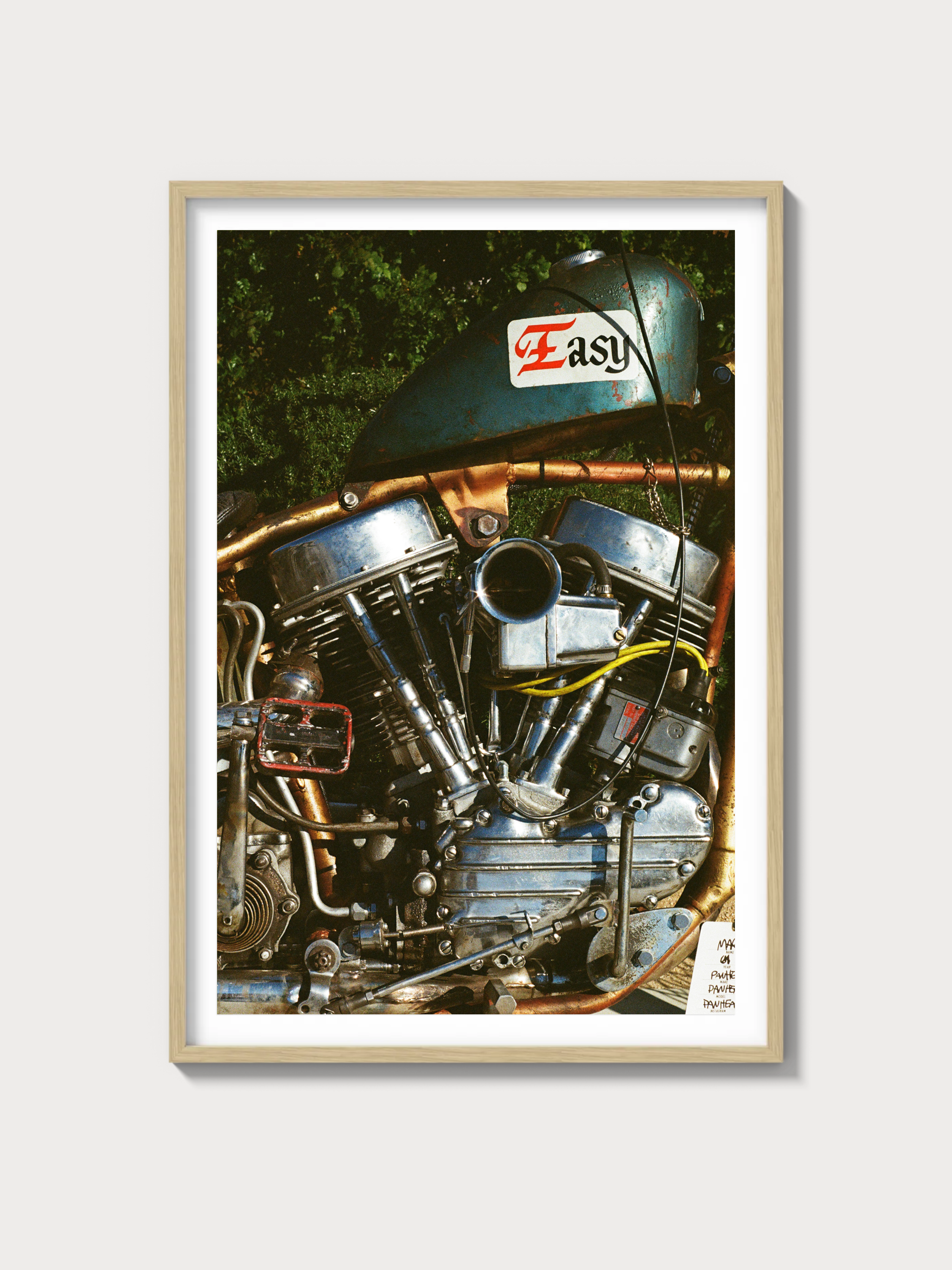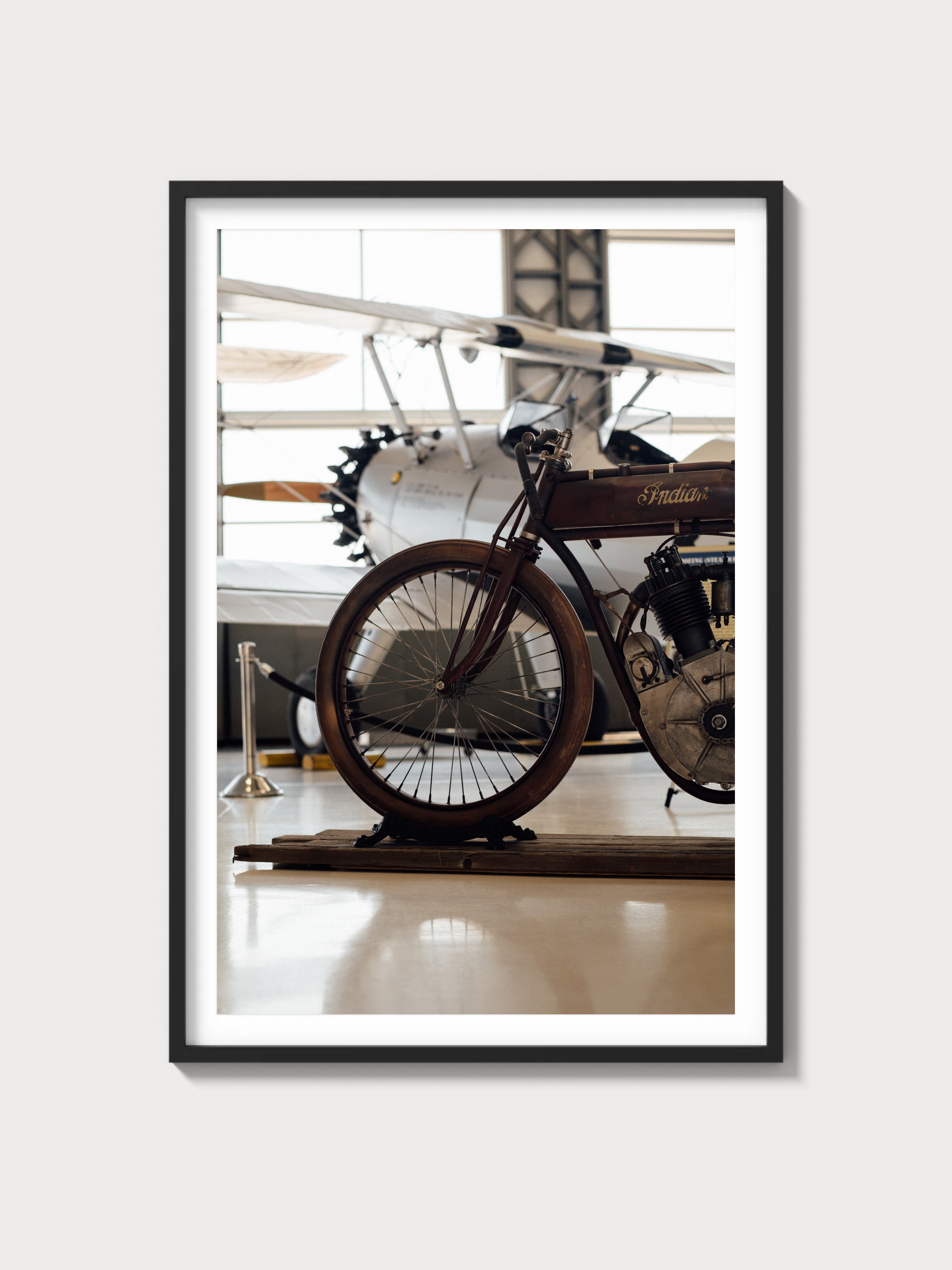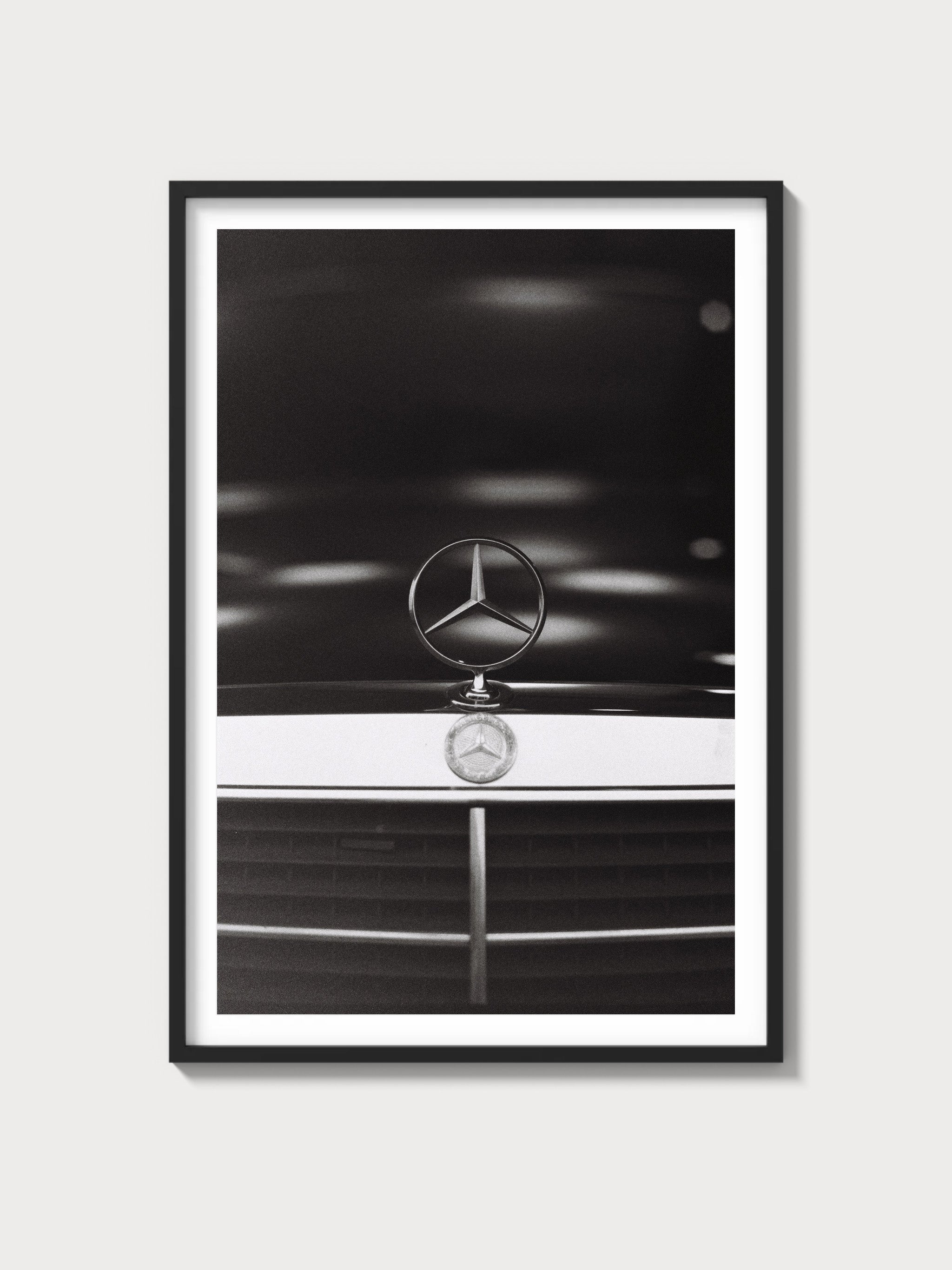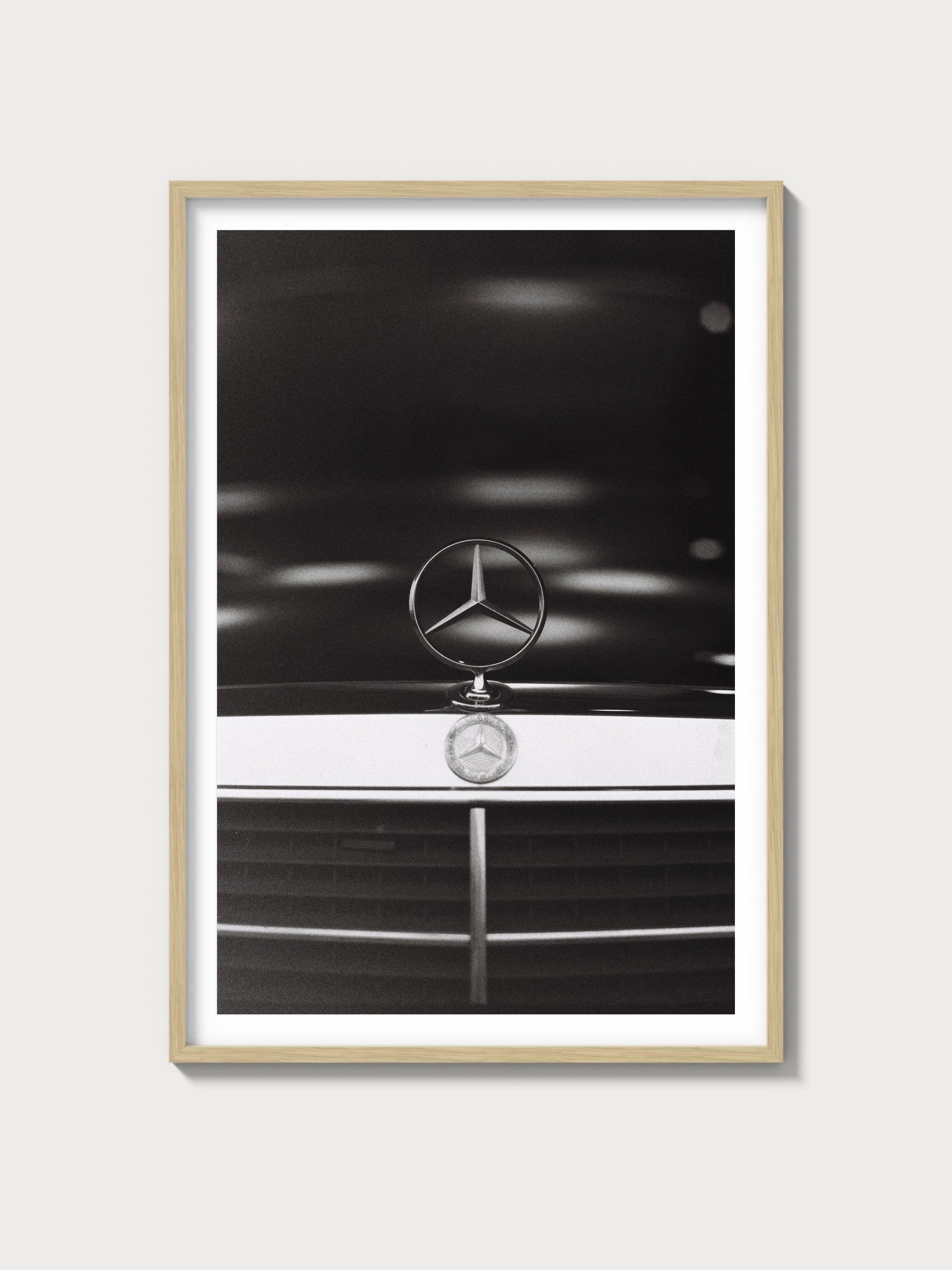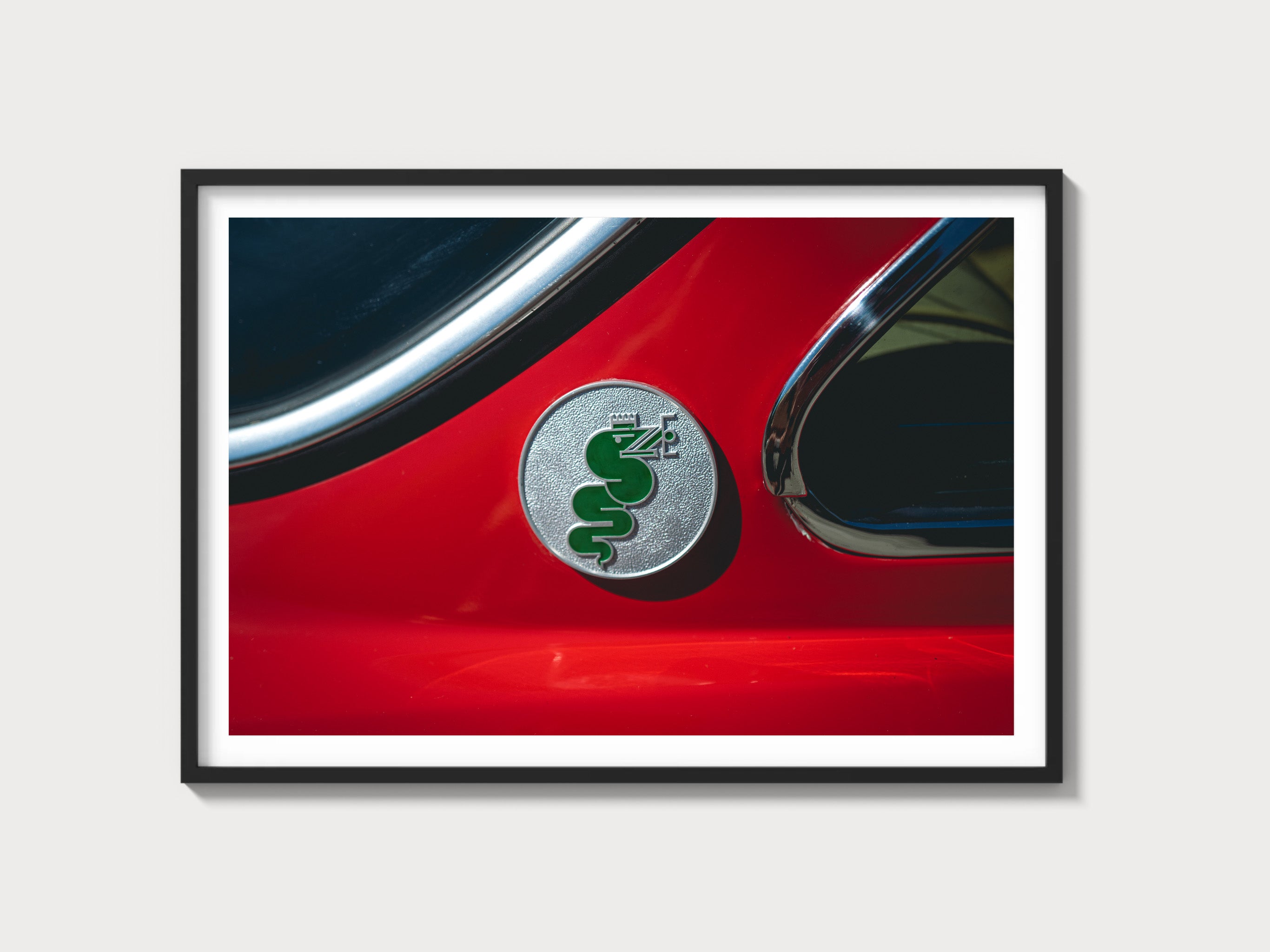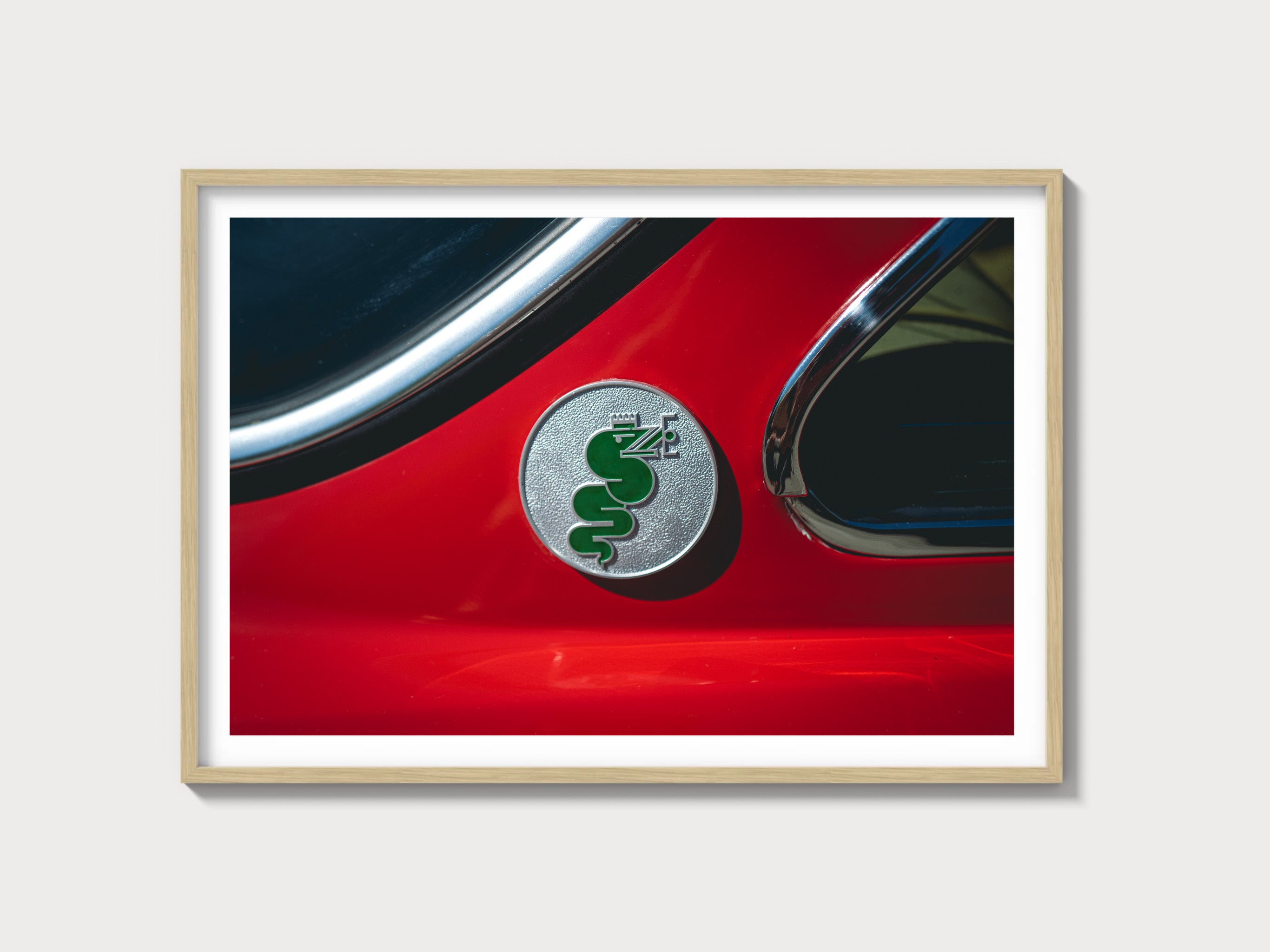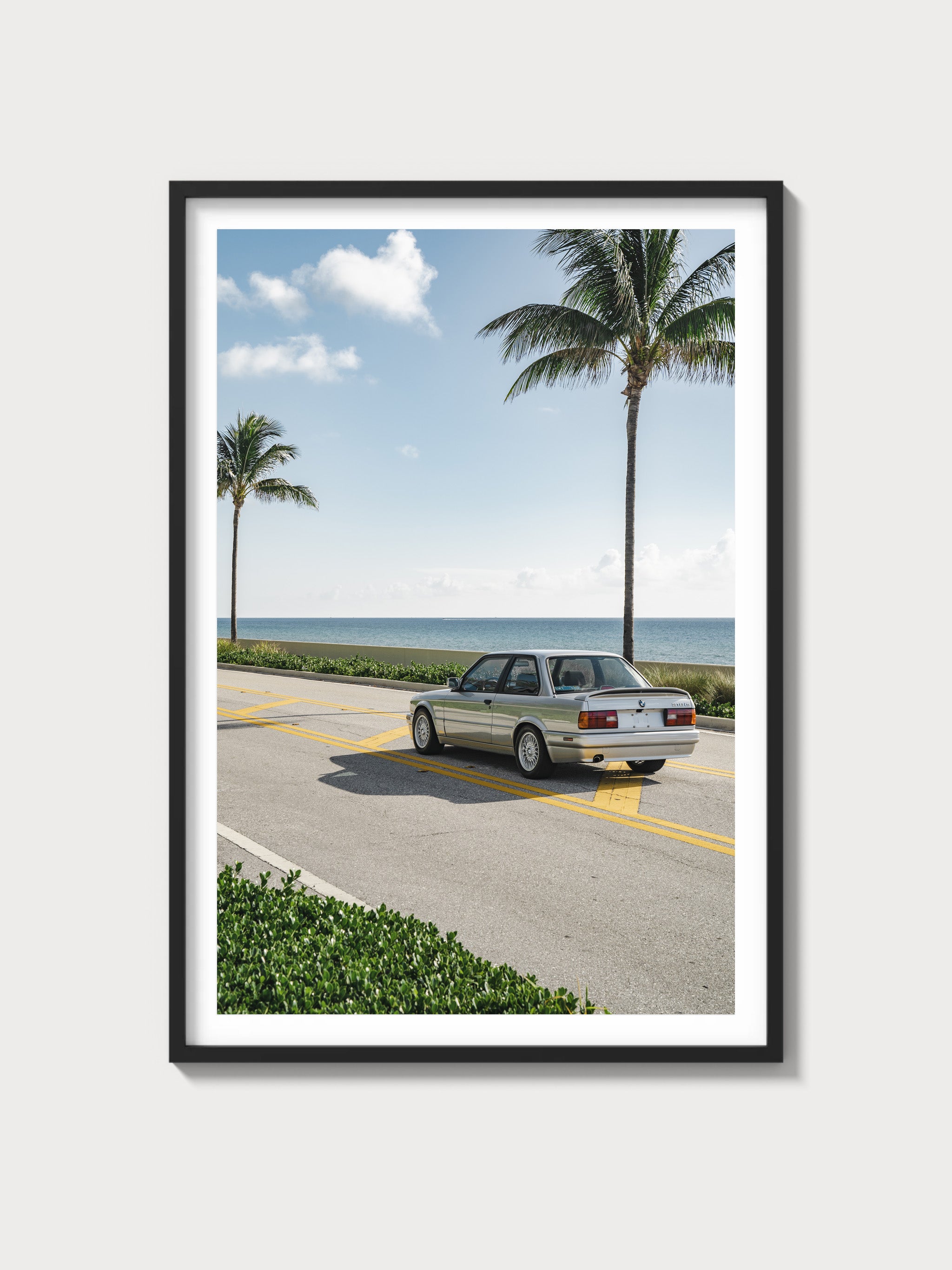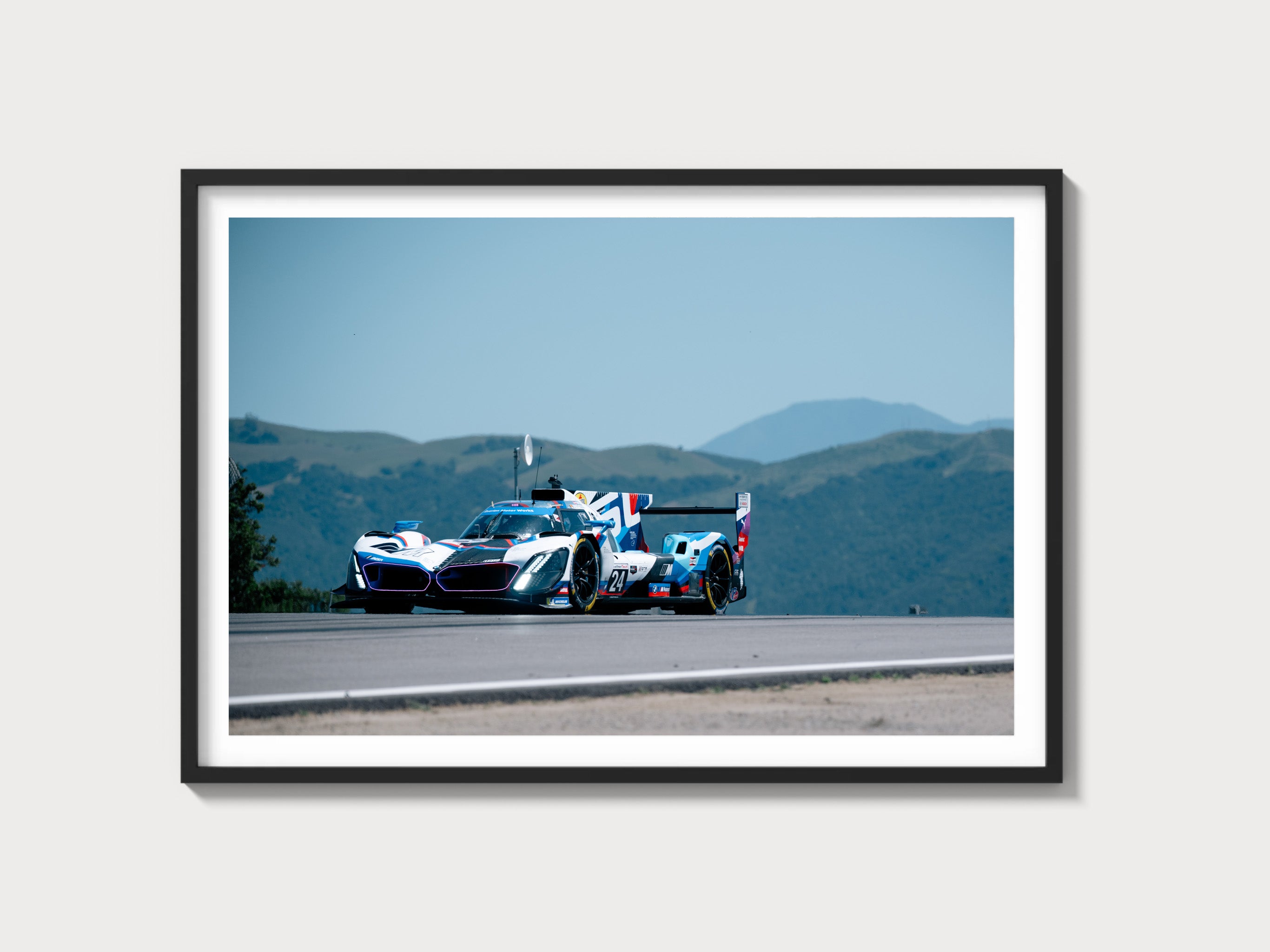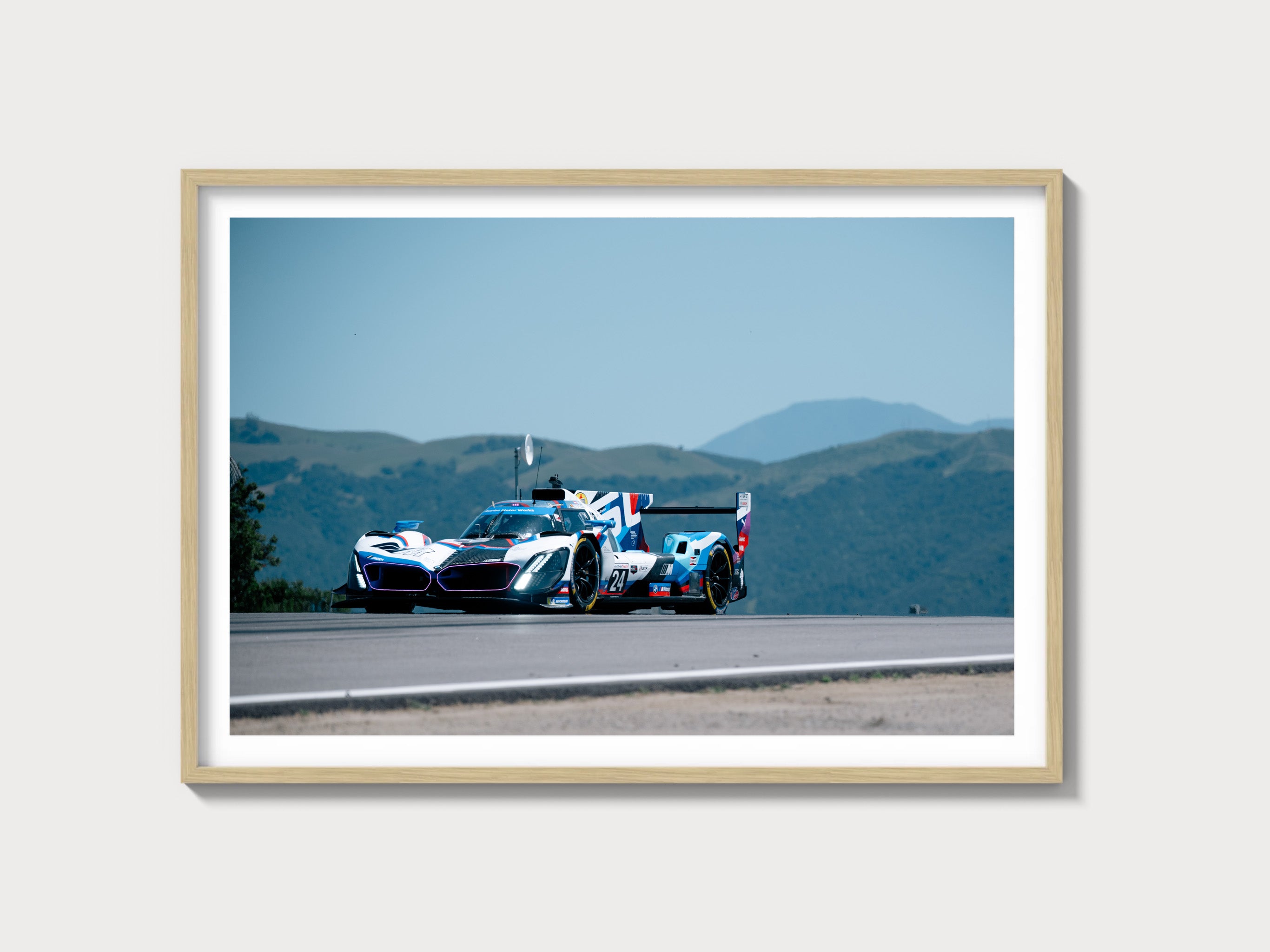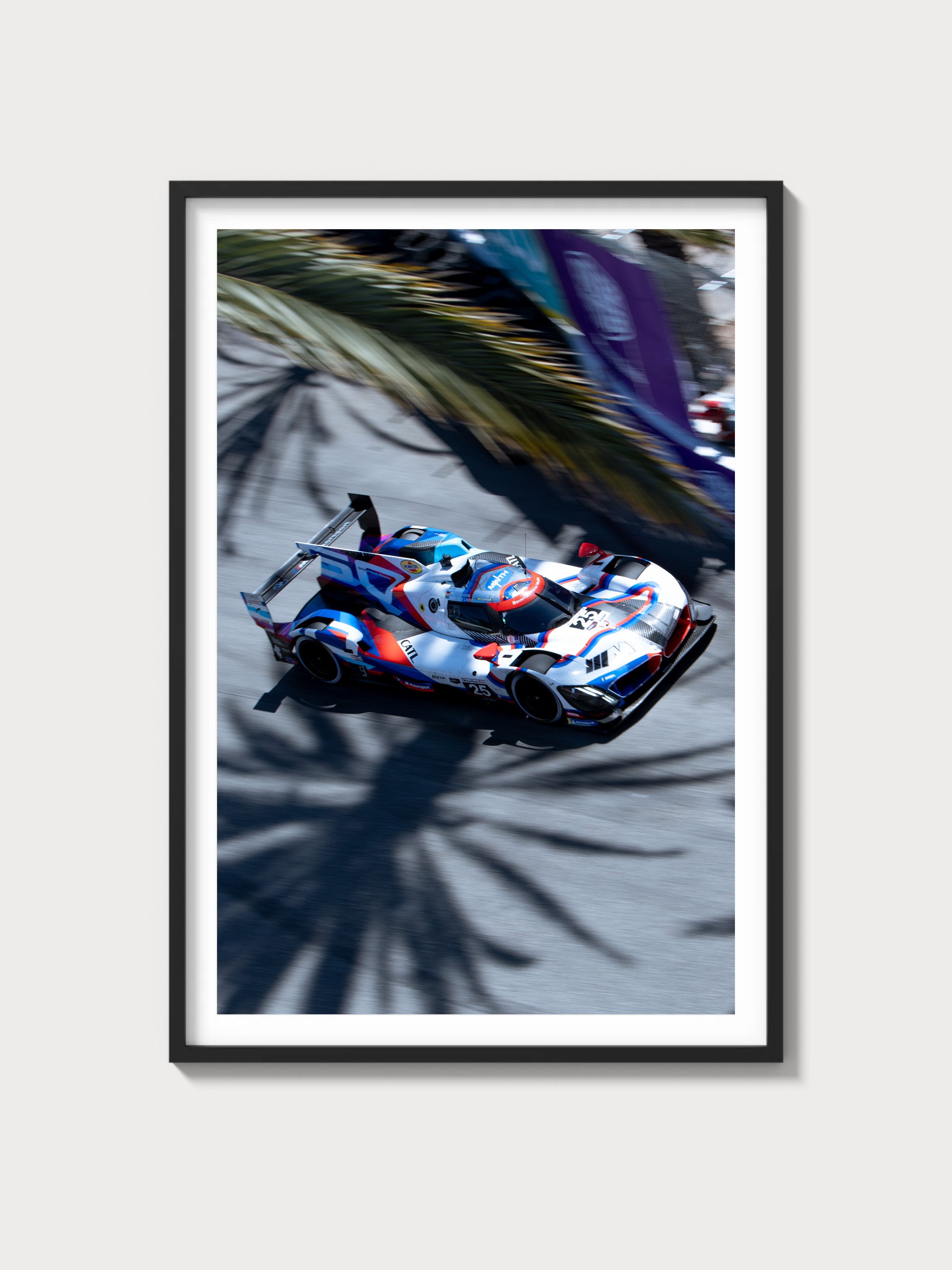Ferrari 340 MM: The Definitive History, Specs, and Racing Legacy
Introduction: Ferrari’s Racing Apex
In the storied chronicles of Ferrari’s racing heritage, the 340 MM of 1953 stands as a ferocious milestone—a machine forged for victory in the crucible of motorsport. Powered by a 4.1-liter Lampredi V12, this model saw just 10 units produced, each a bespoke weapon tailored for the grueling Mille Miglia and the nascent World Sportscar Championship (WSC). Succeeding the 340 America, the 340 MM—Mille Miglia—escalated Ferrari’s competition ambitions, its raw power and lightweight design cementing Maranello’s dominance in the early 1950s.
The year 1953 was a high-water mark for Ferrari, its racing pedigree—Le Mans 1949, Mille Miglia 1950-52—unrivaled. The 340 MM, introduced alongside the 250 MM, was Enzo Ferrari’s answer to escalating competition from Maserati and Mercedes-Benz. This exhaustive history, penned with the precision of a Ferrari historian, explores its technical supremacy, its racing triumphs, its bespoke artistry, and its indelible mark on Ferrari’s legacy.
Historical Context: Ferrari’s Motorsport Crucible
The Ferrari 340 MM roared into existence amid a golden era of racing. By 1953, Ferrari was a colossus, its 225 S and 340 America proving versatile, yet the WSC’s debut demanded more. The 340 America’s 4.1L V12, detuned for road use, was reborn in the 340 MM as a full-bore racing engine, its 300 hp aimed at endurance classics like the Mille Miglia and Le Mans. This was no evolution—it was a revolution, a car built to crush rivals on the world stage.
Only 10 units were crafted—5 spyders, 4 Berlinettas, 1 Vignale coupe—each a hand-built masterpiece for privateers and factory drivers. Chassis 0350MM, a Vignale spyder, debuted at the 1953 Geneva Motor Show, its muscular form and snarling exhaust a declaration of intent. The 340 MM arrived as Italy’s postwar resurgence peaked, its coachbuilders—Vignale, Pininfarina—thriving, while America’s car culture clamored for Ferrari’s prestige.
The broader landscape of 1953 framed its purpose. The WSC pitted Ferrari against Maserati’s A6GCS/53 and Mercedes’ 300 SLR, while Jaguar’s C-Type loomed. The 340 MM’s limited run reflected Ferrari’s focus: win races, homologate the 4.1L V12, and fund future conquests via road car sales like the 375 America.
Technical Specifications: The Lampredi V12 Unleashed
The Ferrari 340 MM’s core was its Lampredi V12—a race-tuned titan that redefined Ferrari’s engineering prowess. Below, we dissect its anatomy with historian’s detail.
Engine: Lampredi’s 4.1-Liter Beast
Displacing 4,101 cc (bore 80 mm, stroke 68 mm), the 340 MM’s V12 was an evolution of the 340 America’s unit, now with a 8.5:1 compression ratio and triple Weber 40 DCF/3 carburetors. It delivered 300 horsepower at 6,600 rpm—80 hp more than the America’s 220 hp. The aluminum block, dry-sump lubrication, and 60-degree V-angle weighed 310 lbs, producing 230 lb-ft of torque at 5,000 rpm. This was the same engine that powered the 340 F1 car, retuned for endurance over sprint.
Chassis 0350MM, raced by Mike Hawthorn, reportedly hit 310 hp with high-lift cams, a tweak for Le Mans’ straights. Its high-revving fury—redlined at 7,200 rpm—made it a track predator, its dry sump ensuring oil flow under extreme cornering.
Performance: Speed Without Compromise
The 340 MM reached 174 mph (280 km/h)—confirmed by Quattroruote’s 1953 test—eclipsing the 250 MM’s 165 mph, with a 0-60 mph time of ~6 seconds. Its power-to-weight ratio (333 hp/ton) crushed the Mercedes 300 SL (164 hp/ton), its lightweight chassis amplifying its V12 might.
Chassis and Suspension: Race-Bred Agility
The chassis was a tubular steel ladder frame, weighing 900 kg (1,984 lbs)—lighter than the 340 America’s 1,100 kg, stiffer than the 250 MM’s 850 kg. Its 2,420 mm wheelbase matched the America’s agility. Front suspension used double wishbones with a transverse leaf spring and Houdaille shocks, while the rear featured a live axle with semi-elliptic leaf springs and twin trailing arms, optimized for track punishment.
Transmission and Brakes: Raw Power Delivery
A 4-speed manual gearbox—non-synchronized, with a heavy-duty clutch—channeled power to the rear wheels, its ratios (1st: 2.85, 4th: 0.94) favoring acceleration. Braking relied on 15-inch hydraulic drum brakes, finned and widened for 1.0g deceleration—a leap over the 340 America, though discs loomed on the horizon.
| Specification | Details |
|---|---|
| Engine | 4.1L V12, 300-310 hp @ 6,600 rpm |
| Displacement | 4,101 cc (80 mm x 68 mm) |
| Top Speed | ~174 mph (280 km/h) |
| 0-60 mph | ~6 seconds |
| Weight | 900 kg (1,984 lbs) |
| Transmission | 4-speed manual |
| Suspension (Front) | Double wishbone, transverse leaf springs |
| Suspension (Rear) | Live axle, semi-elliptic leaf springs |
| Brakes | Hydraulic drums, 15-inch |
Design and Styling: Racing’s Brutal Beauty
The Ferrari 340 MM’s aesthetic was pure function, sculpted by Italy’s coachbuilding elite.
Exterior: Form Follows Fury
Vignale crafted 5 spyders—chassis 0350MM, the Geneva star, featured a low grille, cycle fenders, and a rakish windshield, finished in Rosso Corsa. Pininfarina’s 4 Berlinettas, like chassis 0342MM, offered smoother curves and a fastback roof, a nod to the 250 MM. The lone Vignale coupe—chassis 0320MM—sported a panoramic rear window, its two-tone (black/red) livery a rarity. The 2,420 mm wheelbase kept it compact, aluminum bodies shaving weight.
Interior: Spartan Precision
The cockpit was a racer’s den: a single leather bucket seat, a 3-spoke steering wheel, and a dash with Veglia gauges—tachometer (7,500 rpm redline), speedometer, oil pressure. No passenger seat, no padding—just raw aluminum and rivets, built for speed over comfort.
Production and Variants: A Racing Elite
The Ferrari 340 MM’s 10-unit run (1953) was a racing-focused affair: 5 Vignale spyders, 4 Pininfarina Berlinettas, 1 Vignale coupe. Chassis 0320MM launched the series, while 0354MM closed it. No road variants existed—its purpose was the track. Production ended as the 375 MM emerged, its 4.5L V12 taking the baton.
Performance and Racing Legacy: Mille Miglia Mastery
The Ferrari 340 MM racing history is a saga of dominance. Chassis 0350MM, driven by Mike Hawthorn, won the 1953 Mille Miglia, its 1,000-mile run a showcase of V12 endurance. Chassis 0342MM, piloted by Luigi Villoresi, took 2nd, Ferrari sweeping the podium. At Le Mans 1953, 0354MM led early before retiring with clutch failure, while 0324MM won the Spa 24 Hours, cementing its versatility.
Its lightweight chassis and monstrous power ruled straights and curves, though drum brakes faded under extreme duress. The 340 MM’s reign was brief but brilliant, bowing to disc-brake rivals by 1954.
Ownership and Market Value: A Racing Relic
The Ferrari 340 MM value reflects its rarity and triumphs. Early owners included Hawthorn (0350MM) and Phil Hill (0324MM). Today, prices soar from $6-8 million—chassis 0350MM fetched $7.9 million at Sotheby’s 2020. Restoration costs—V12 rebuilds at $200,000—underscore its exclusivity.
Cultural Impact: Ferrari’s Racing Zenith
The 340 MM epitomized Ferrari’s early racing ethos, its Lampredi V12 and Mille Miglia wins influencing the 375 MM. In 1950s lore, it’s the car of fearless drivers and epic races, a cornerstone of Maranello’s legend.
Comparisons: Ferrari 340 MM vs Rivals
The Ferrari 340 MM vs Jaguar C-Type pits 300 hp V12 against 200 hp straight-6—Ferrari dominated power, Jaguar agility. The Maserati A6GCS/53 (170 hp) lagged but matched in spirit.
| Model | Engine | Power | Weight | Top Speed |
|---|---|---|---|---|
| Ferrari 340 MM | 4.1L V12 | 300-310 hp | 900 kg | ~174 mph |
| Jaguar C-Type | 3.4L Straight-6 | 200 hp | 1,000 kg | ~144 mph |
| Maserati A6GCS/53 | 2.0L Straight-6 | 170 hp | 740 kg | ~145 mph |
Frequently Asked Questions
What was the Ferrari 340 MM?
A 1953 4.1L V12 race car.
How many were made?
10 units.
What engine powered it?
4,101 cc Lampredi V12, 300-310 hp.
What races did it win?
1953 Mille Miglia, Spa 24 Hours.
What’s its value?
$6-8 million.

